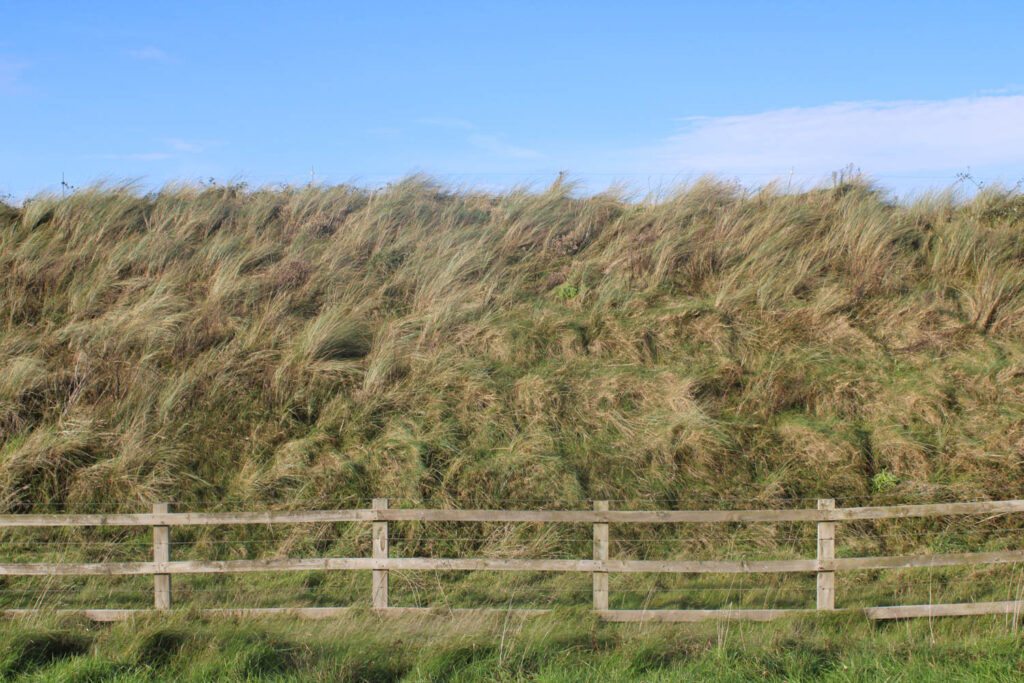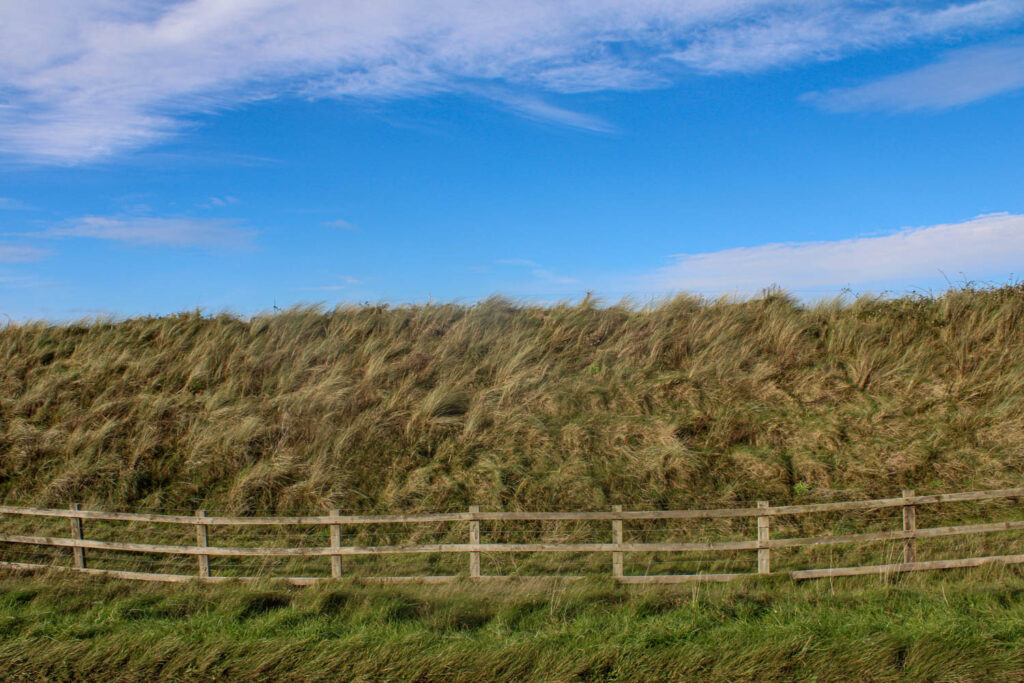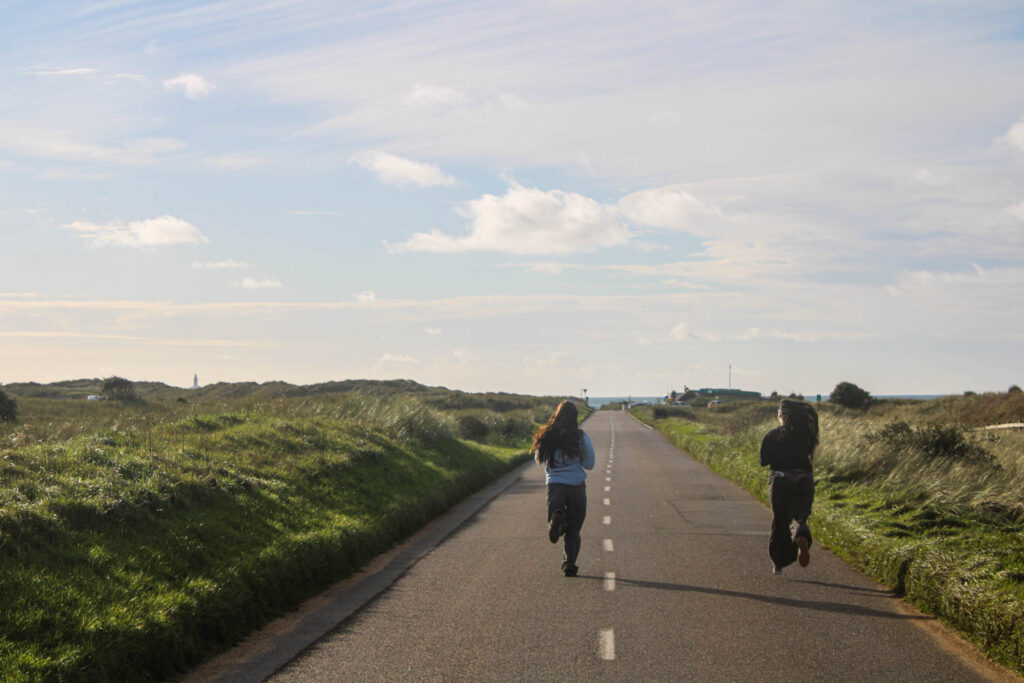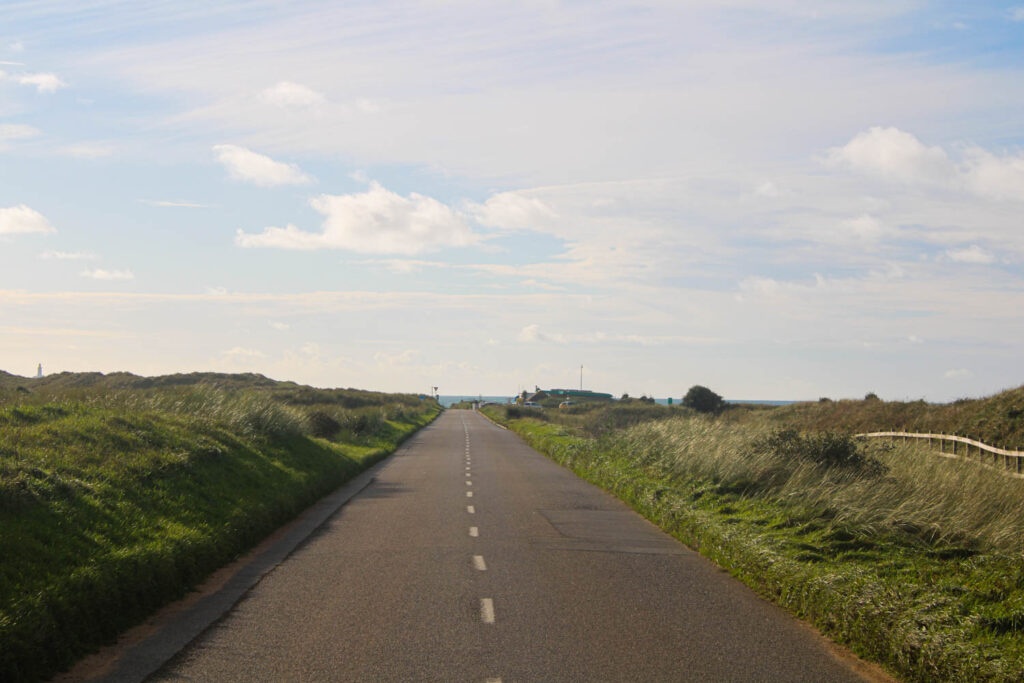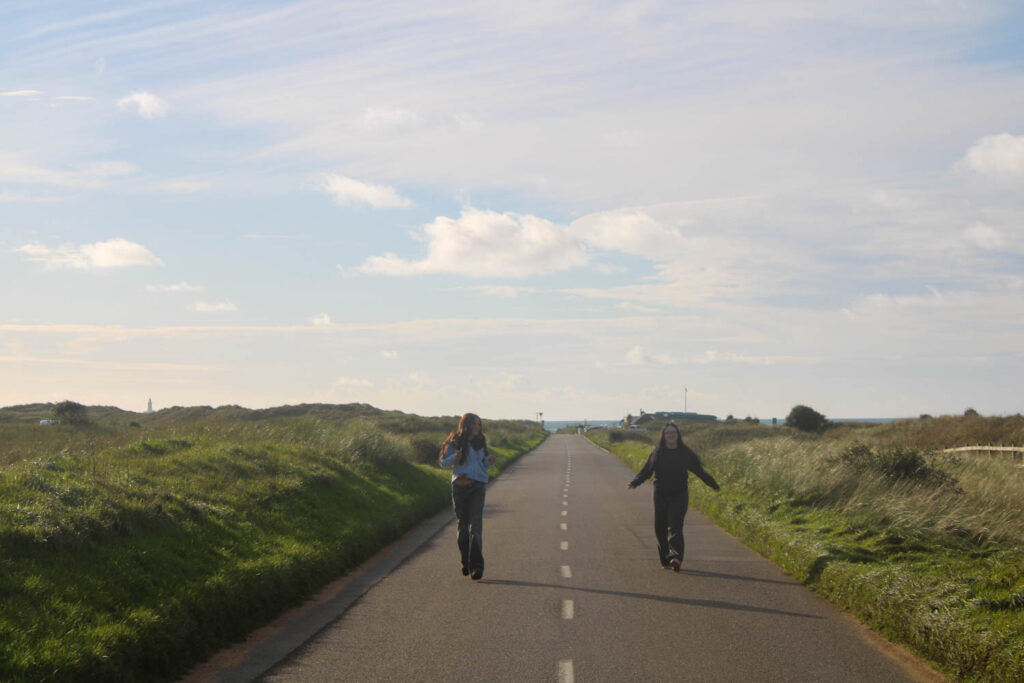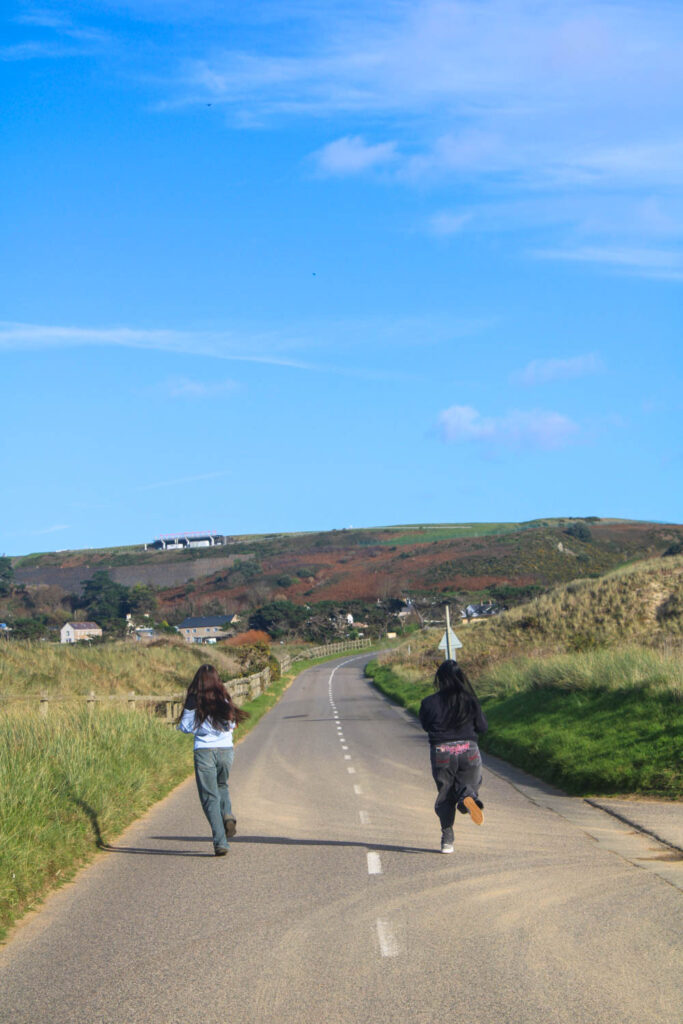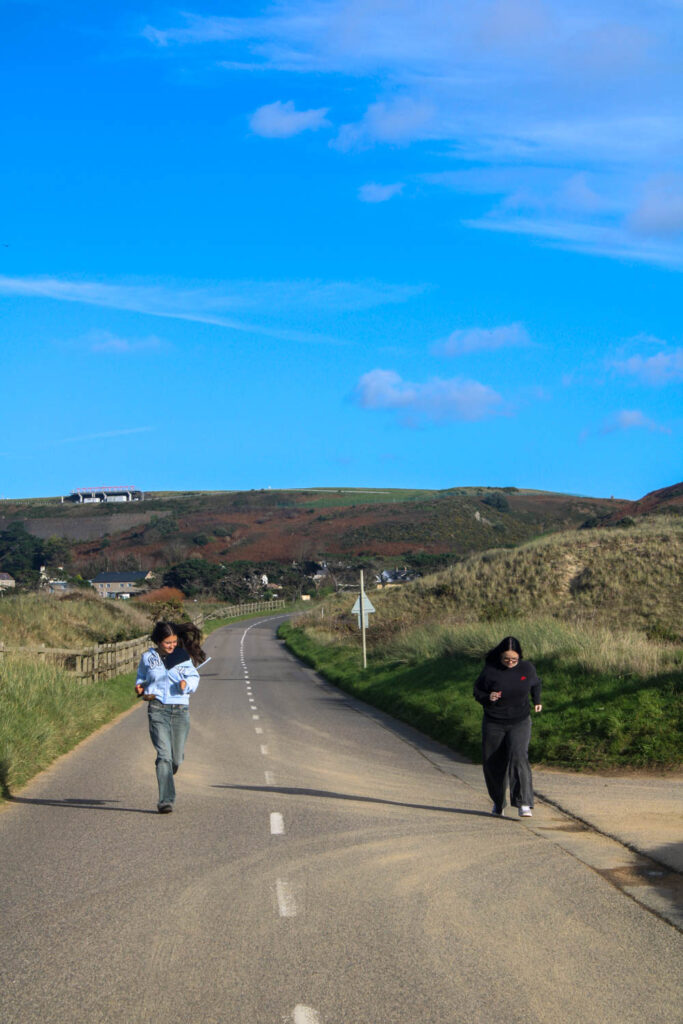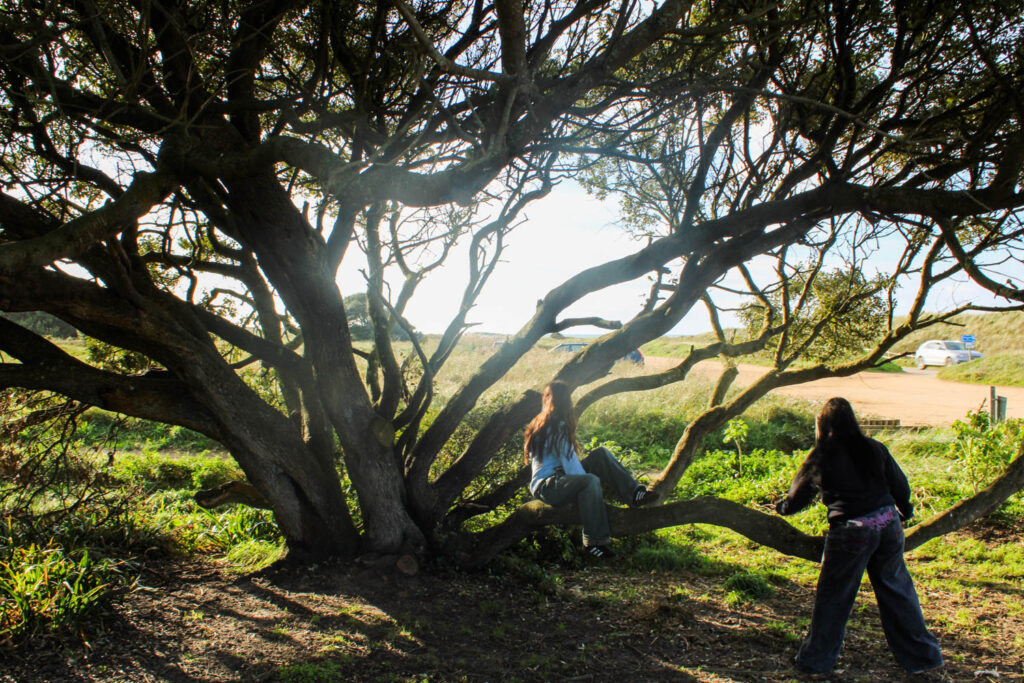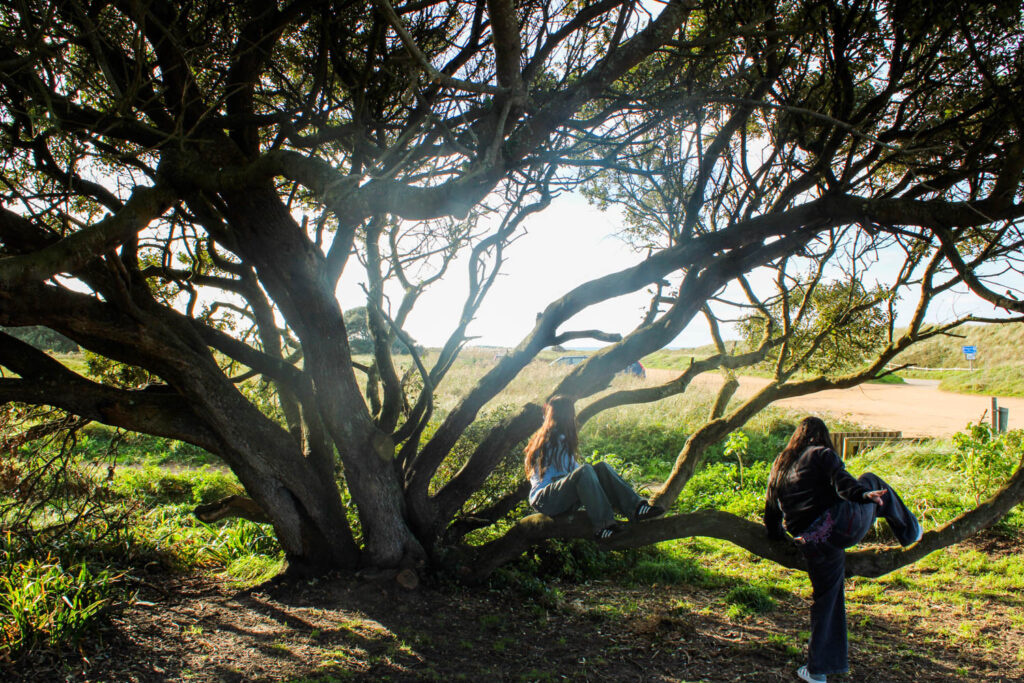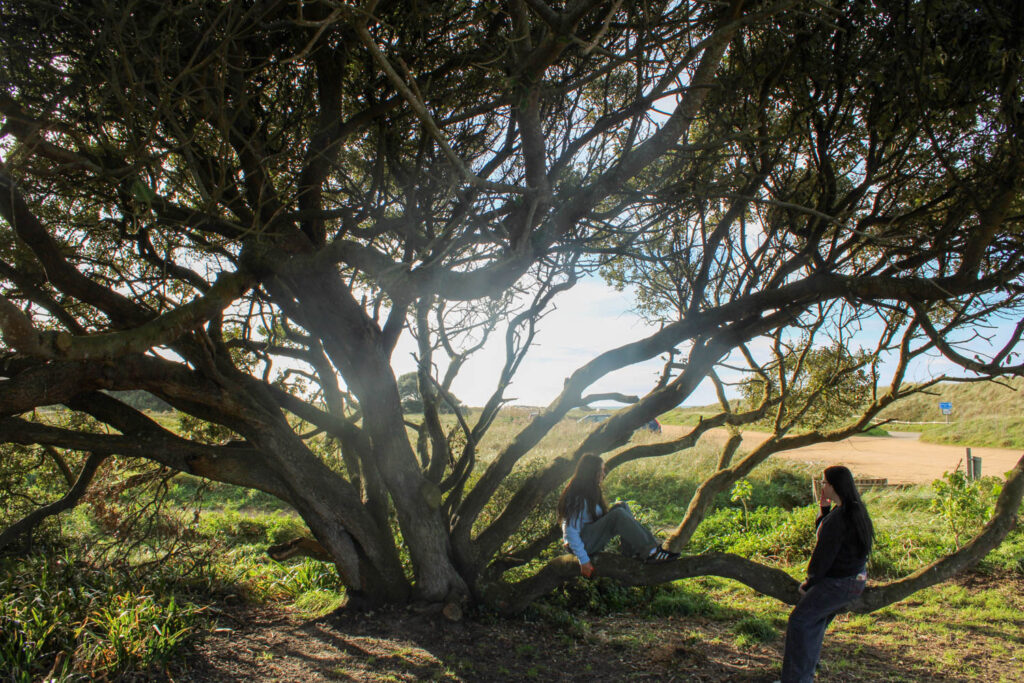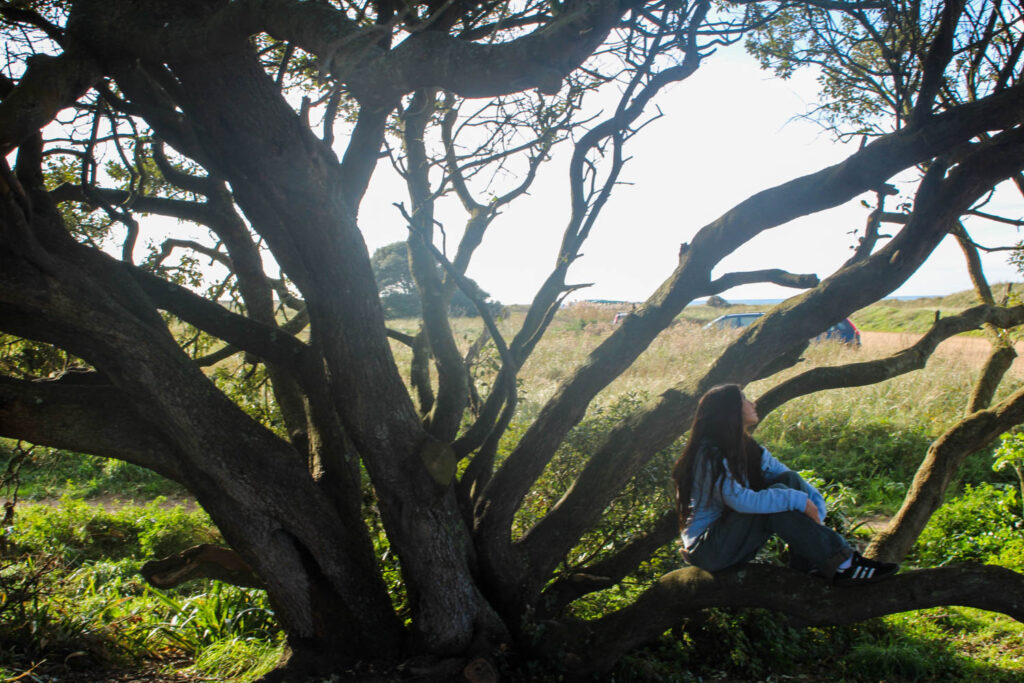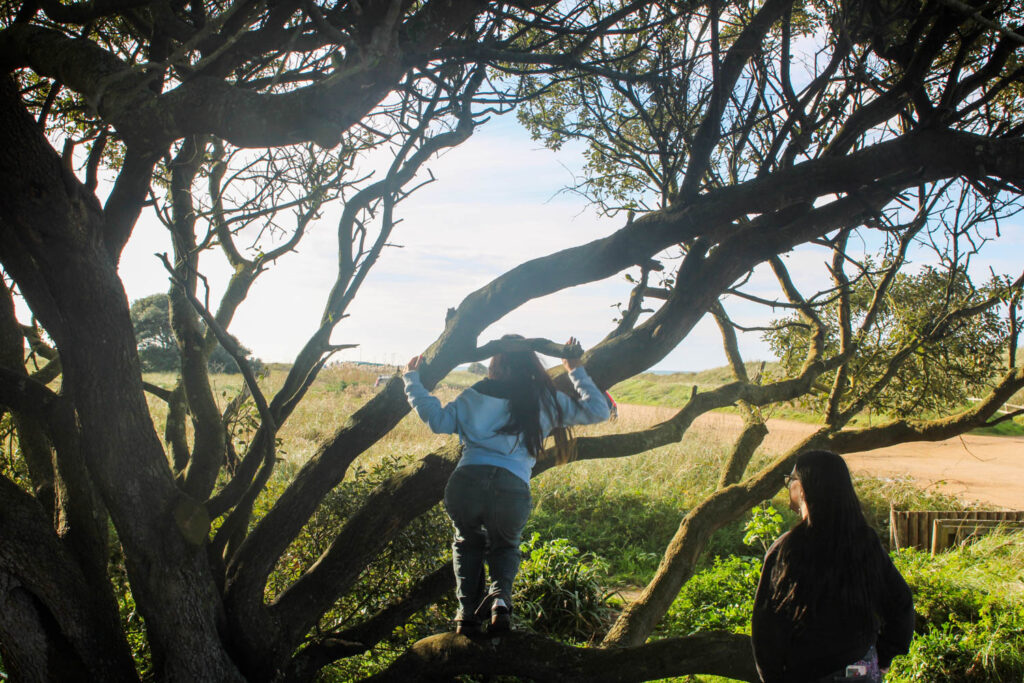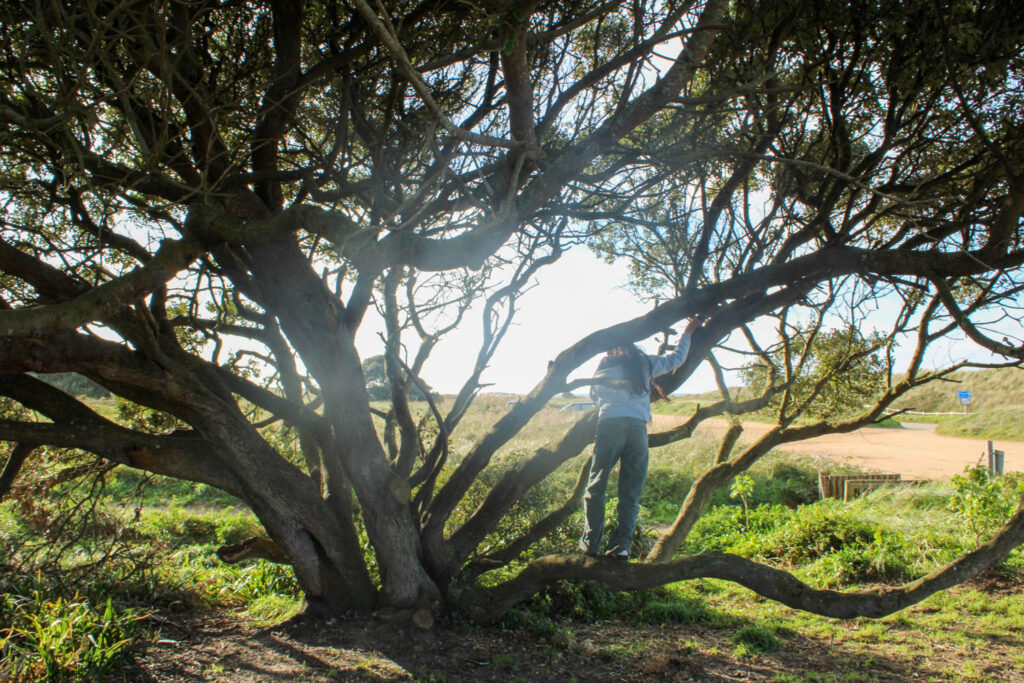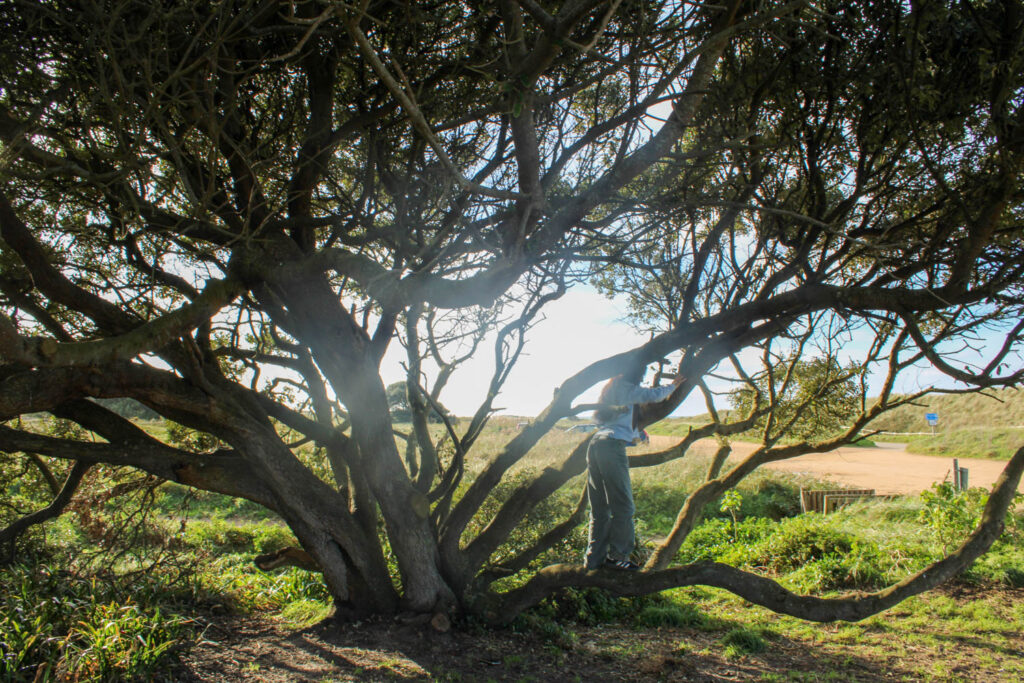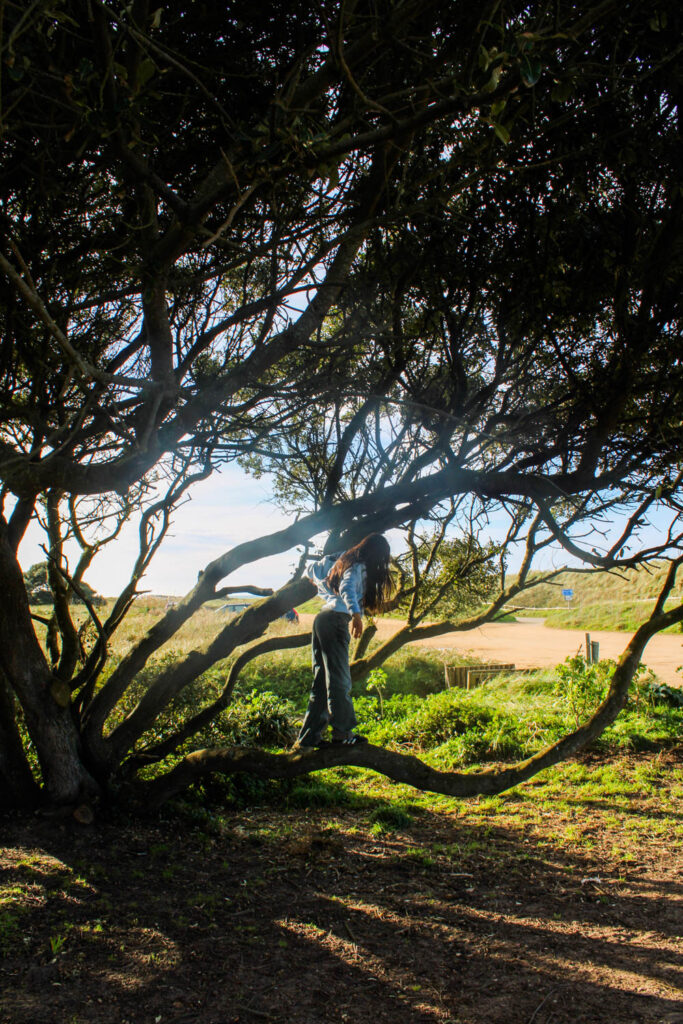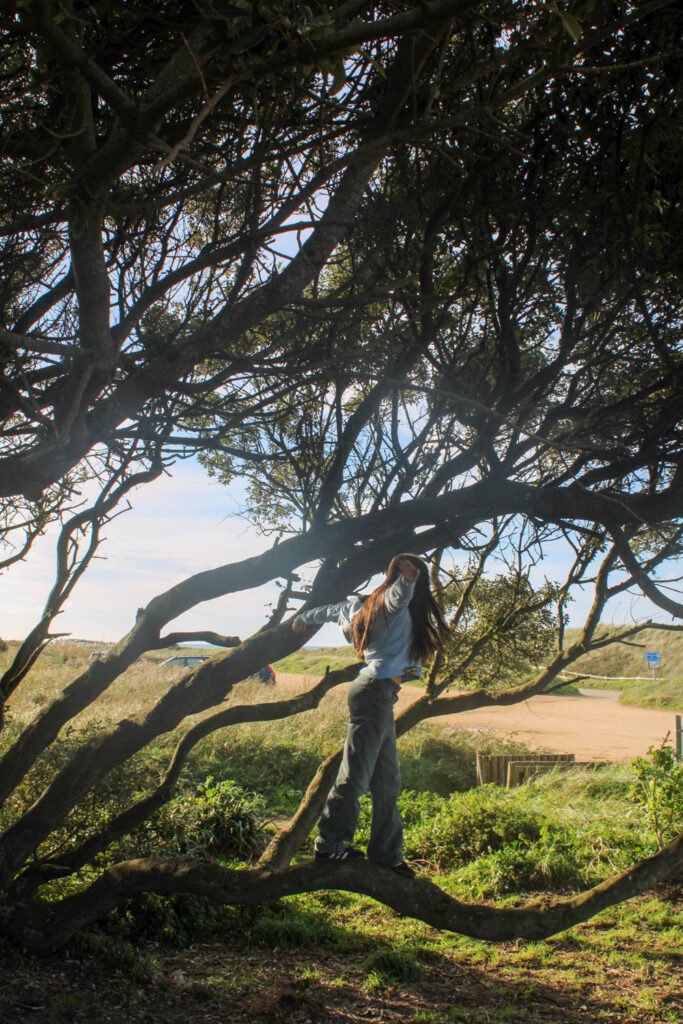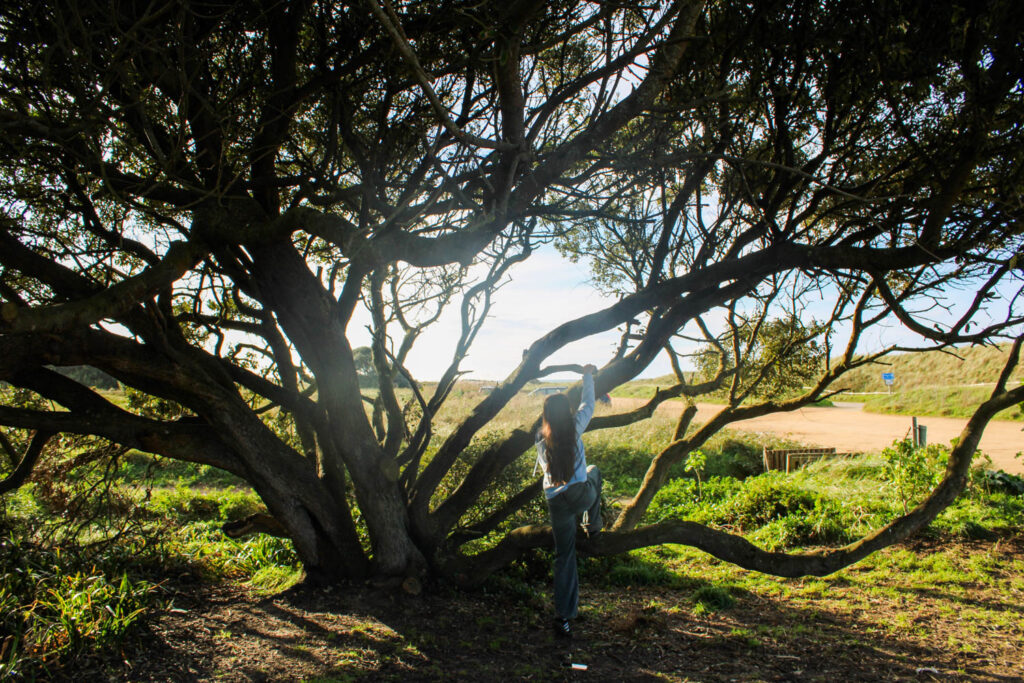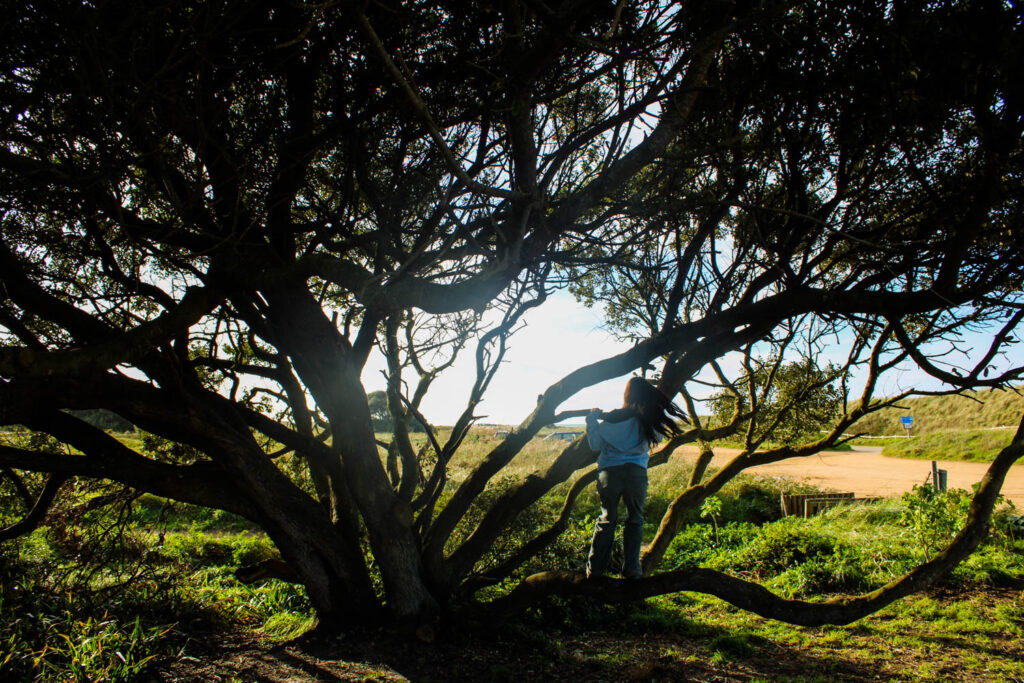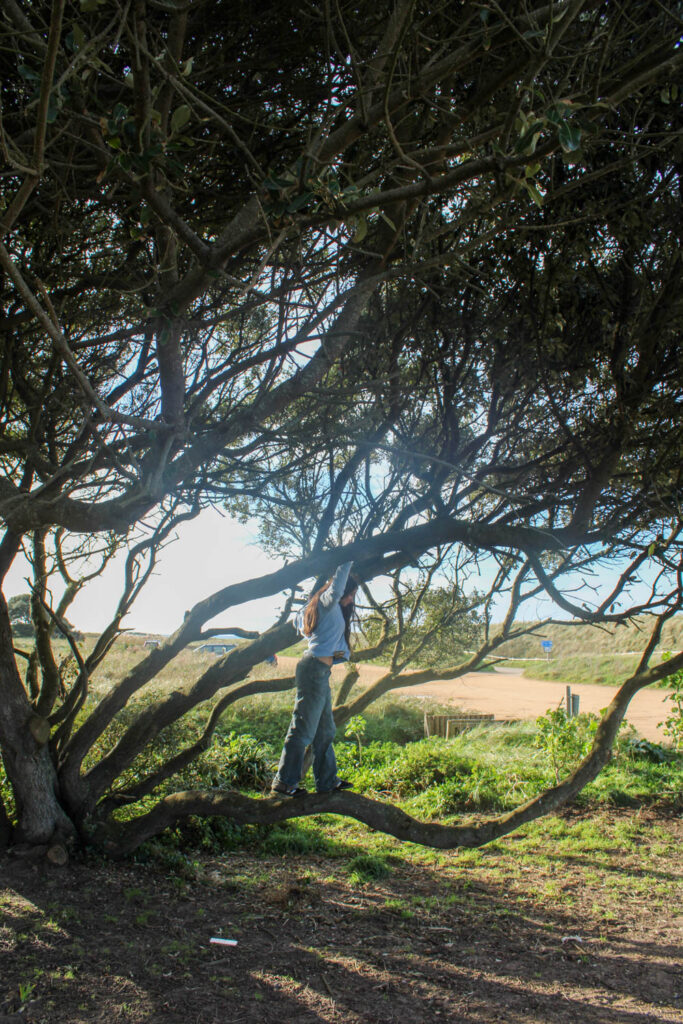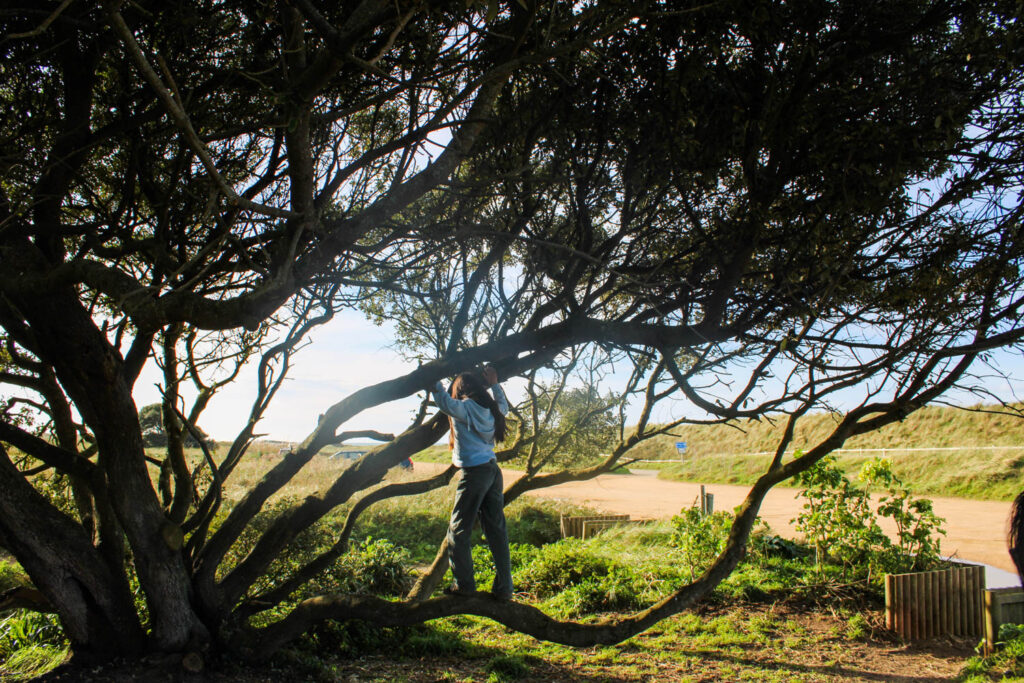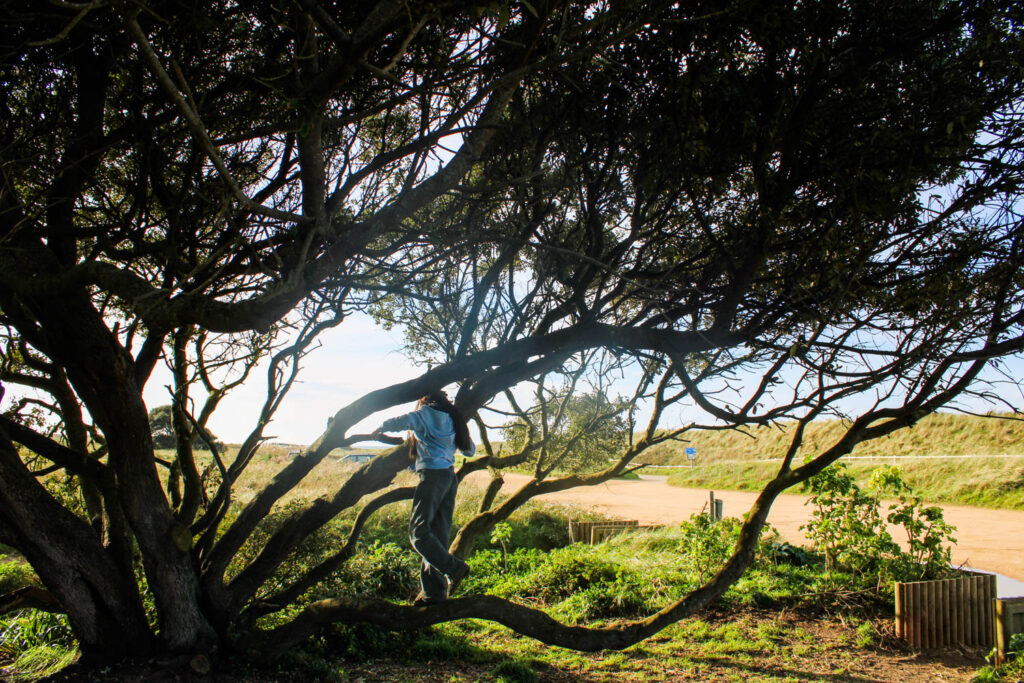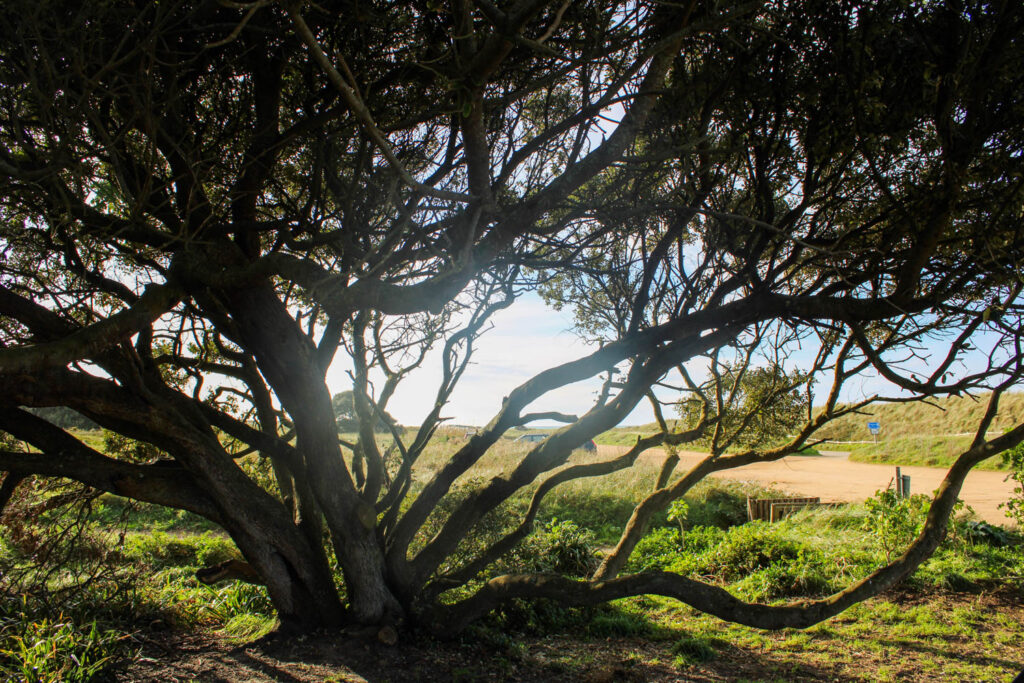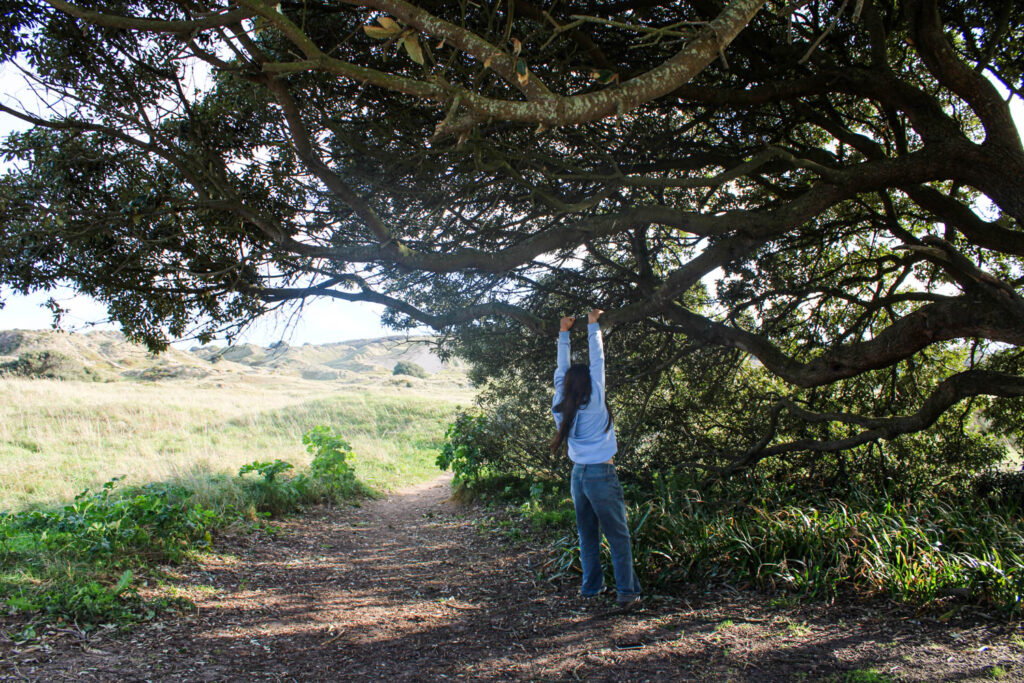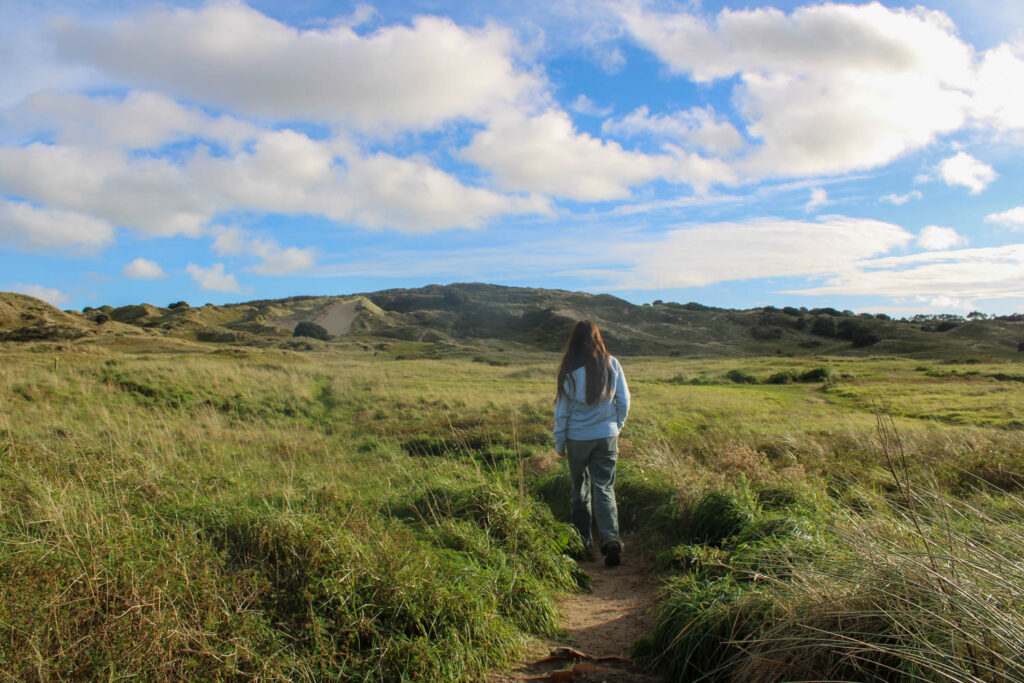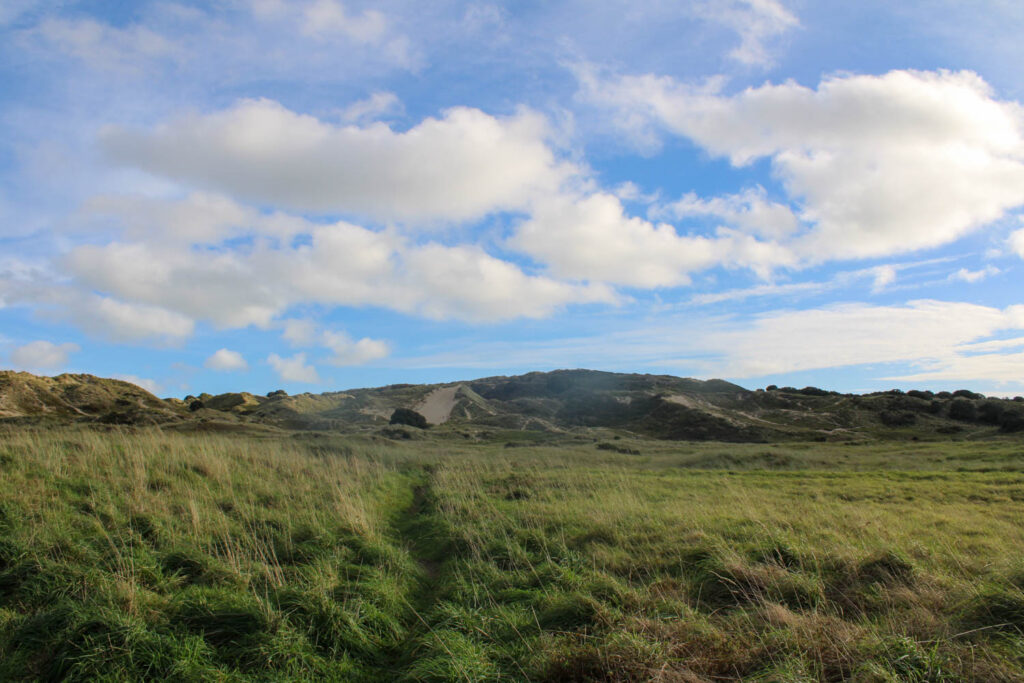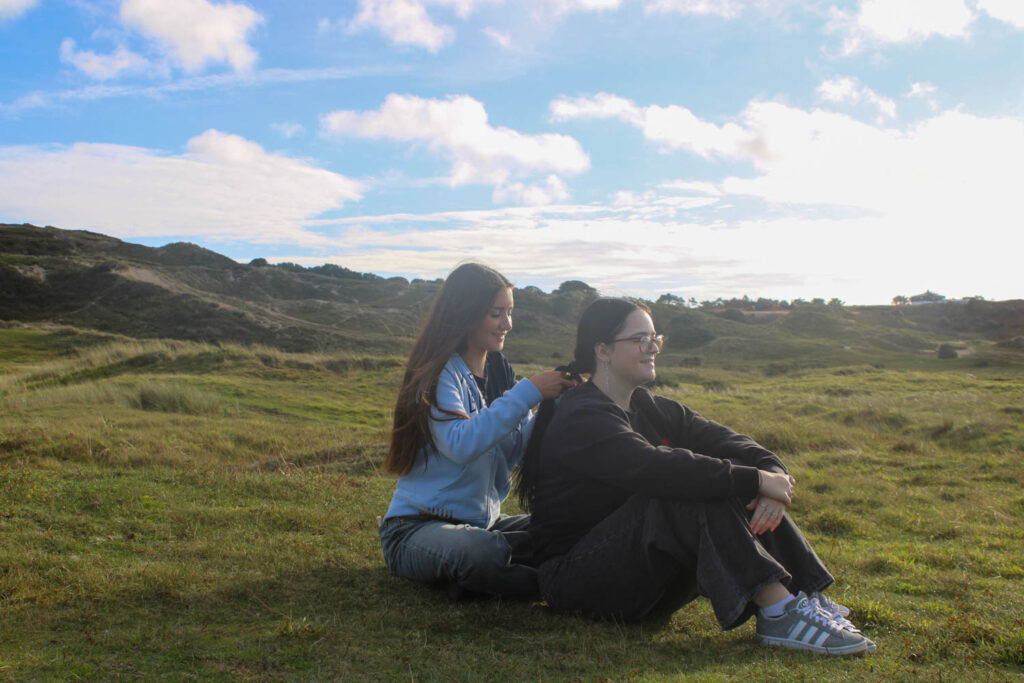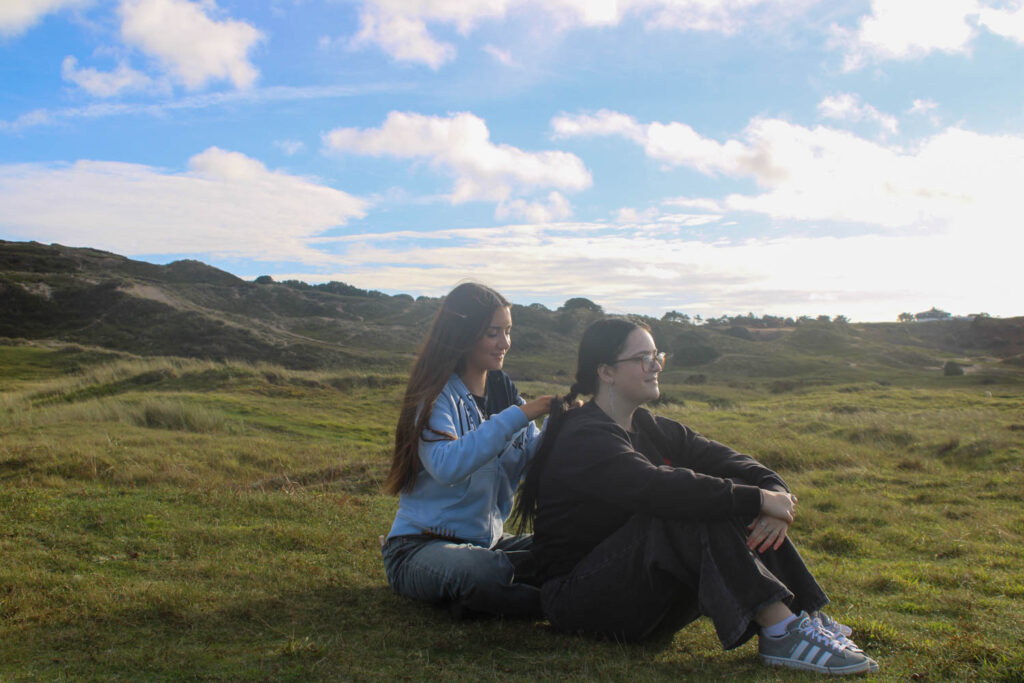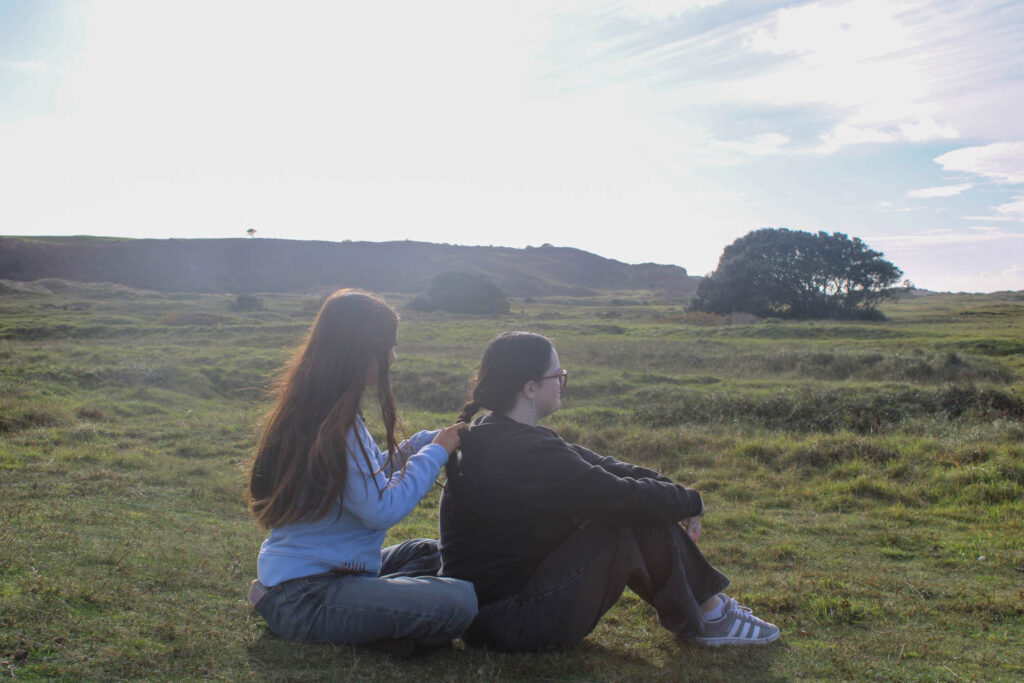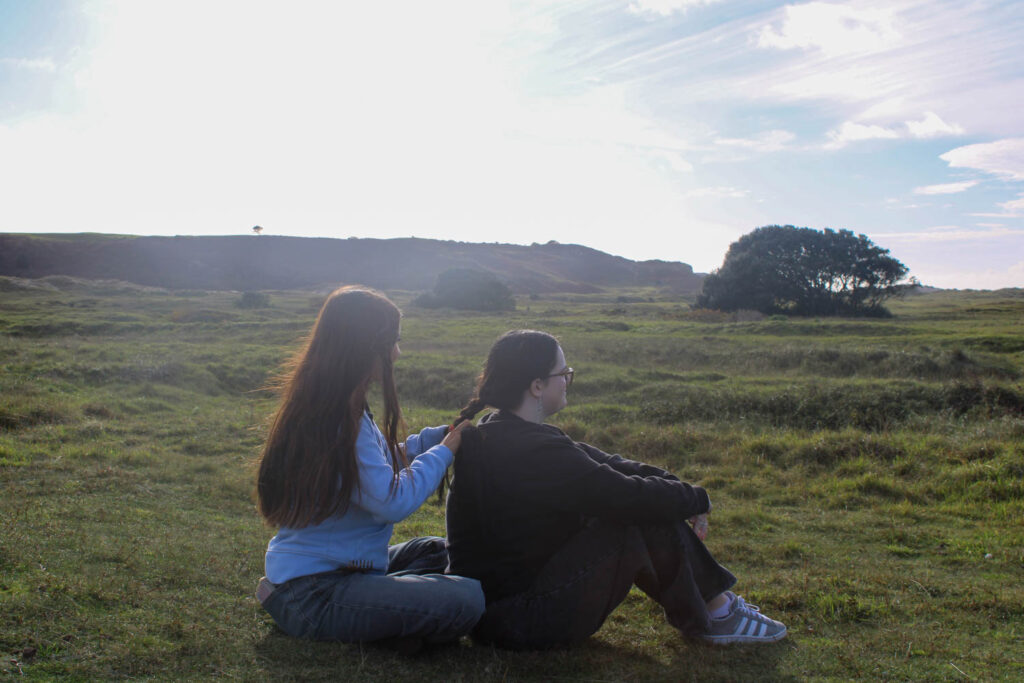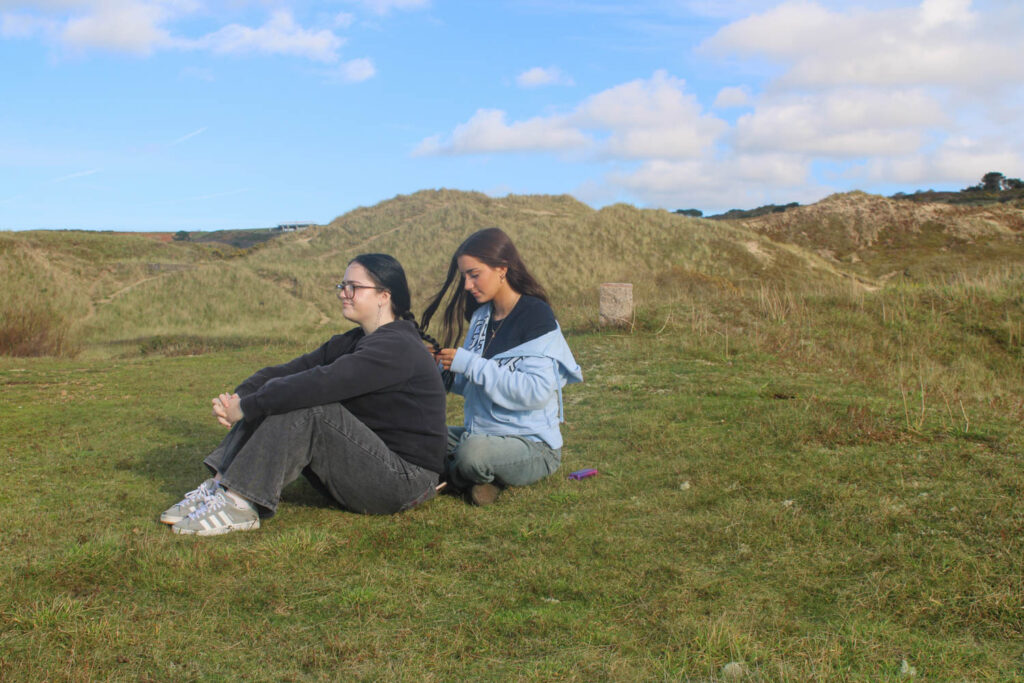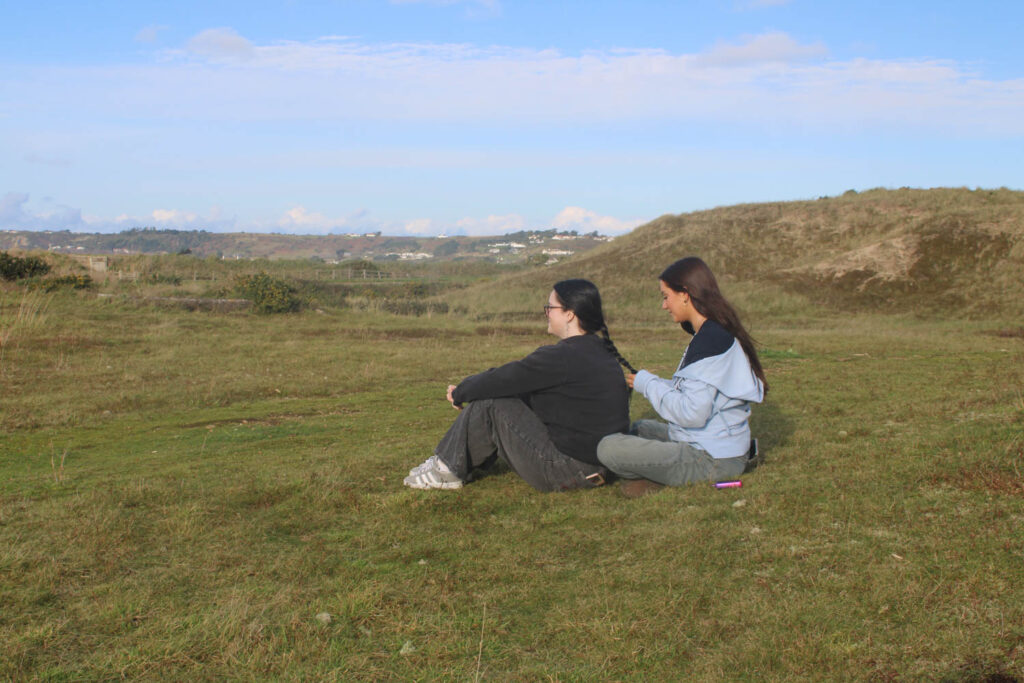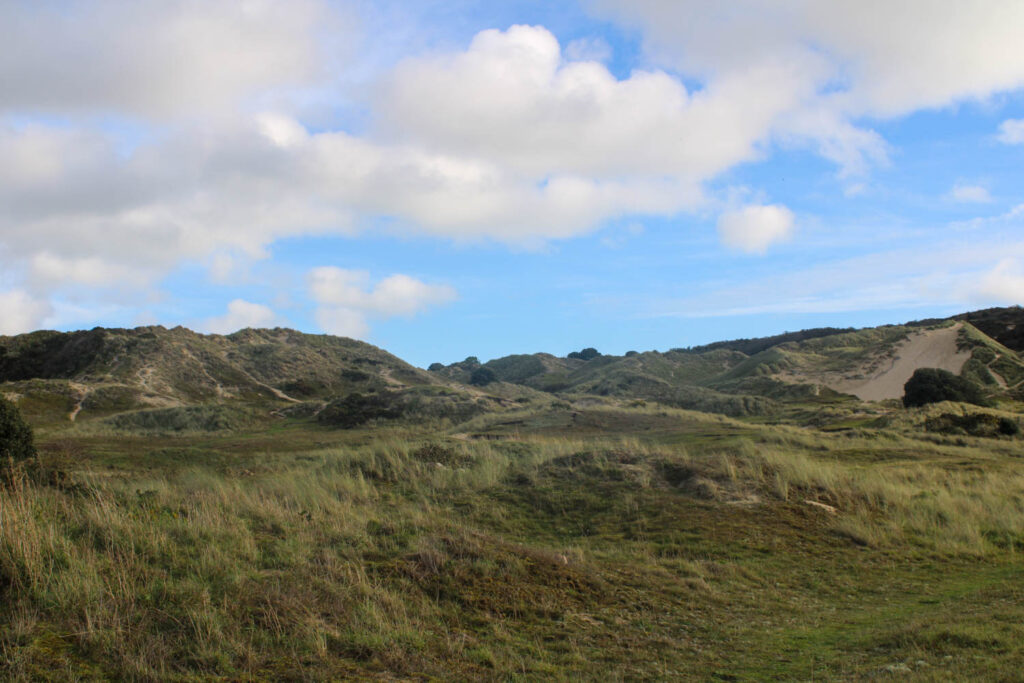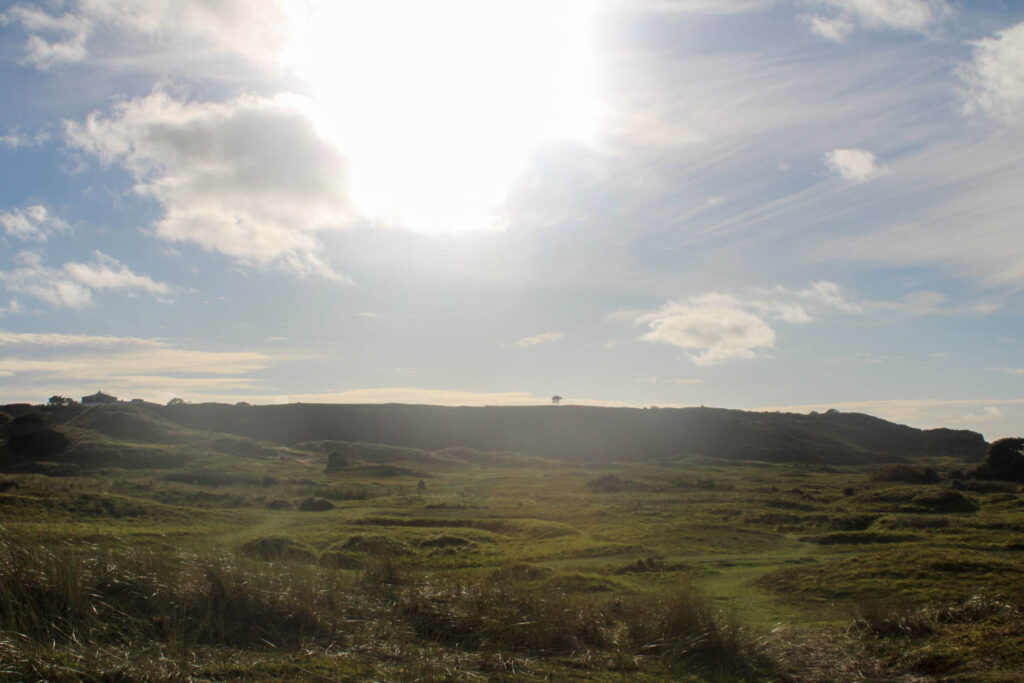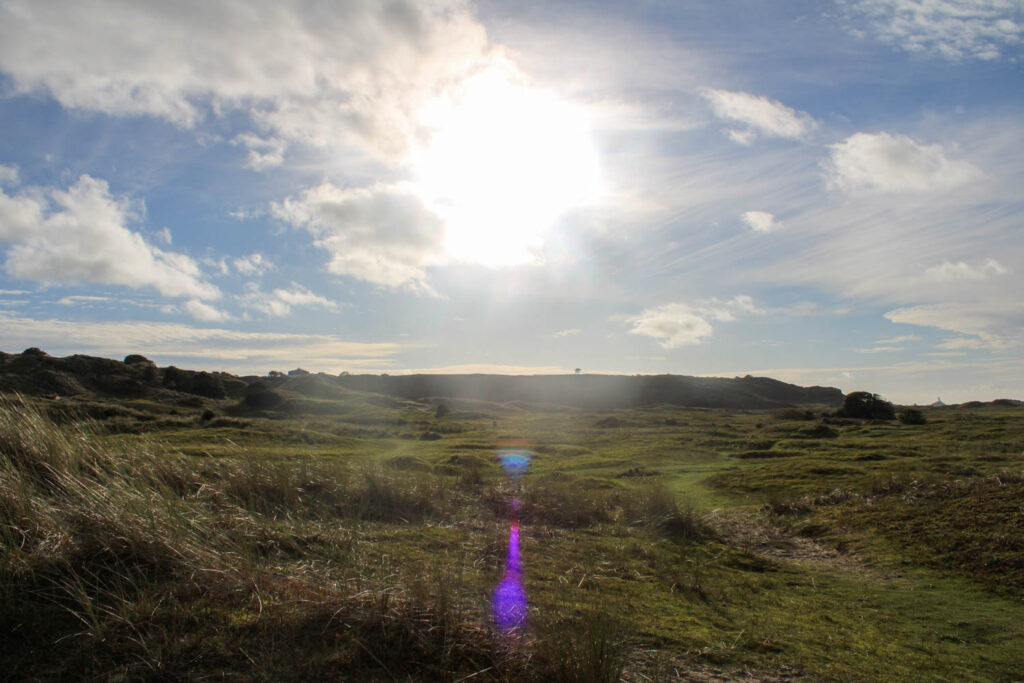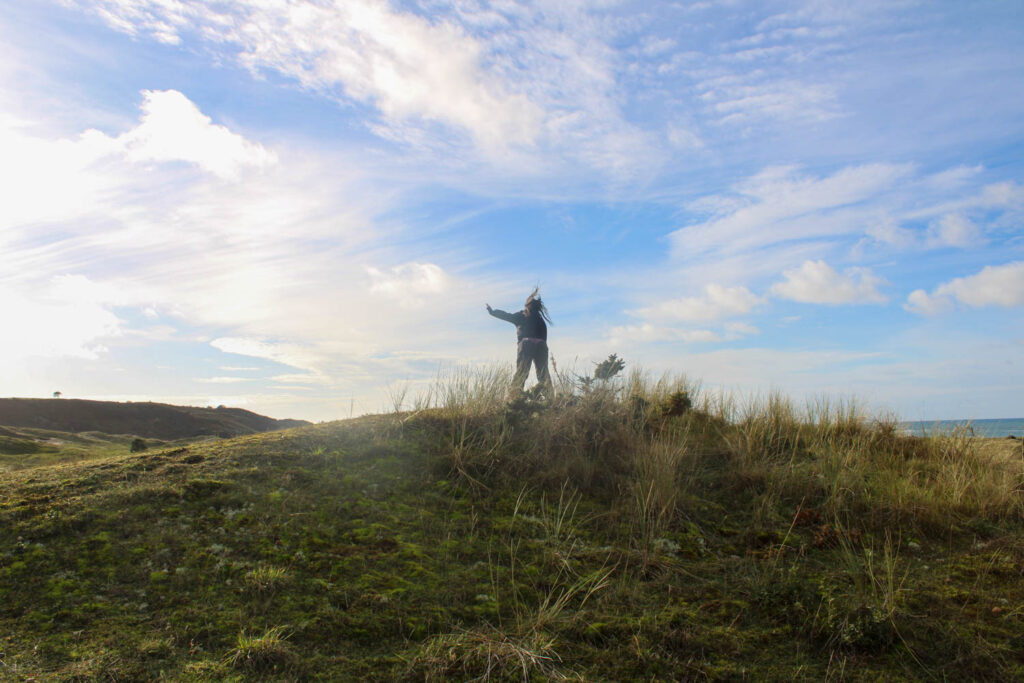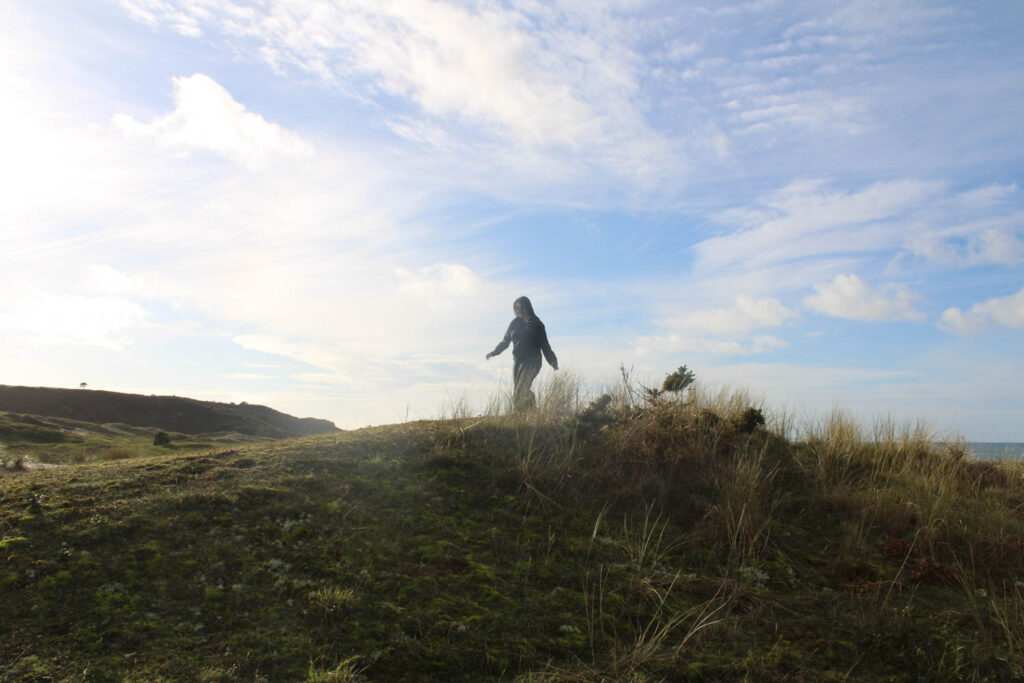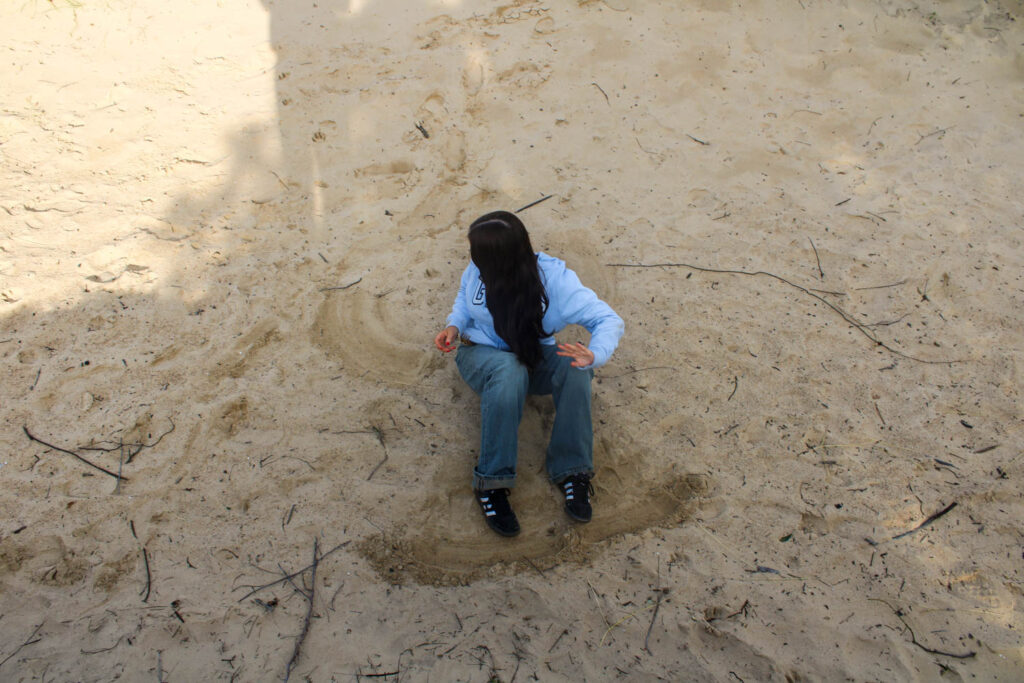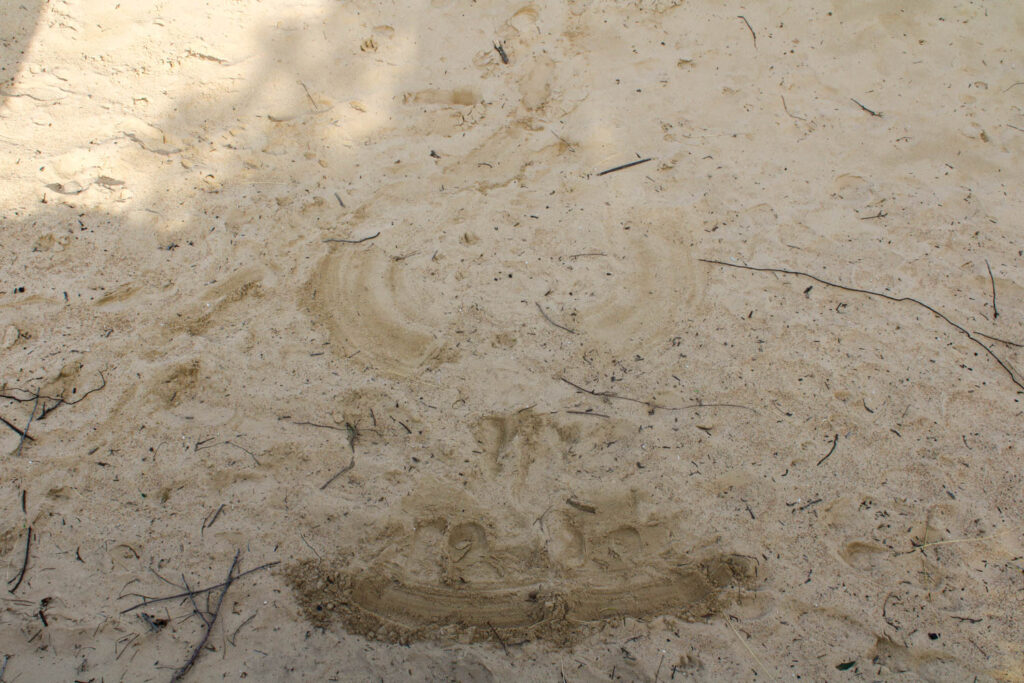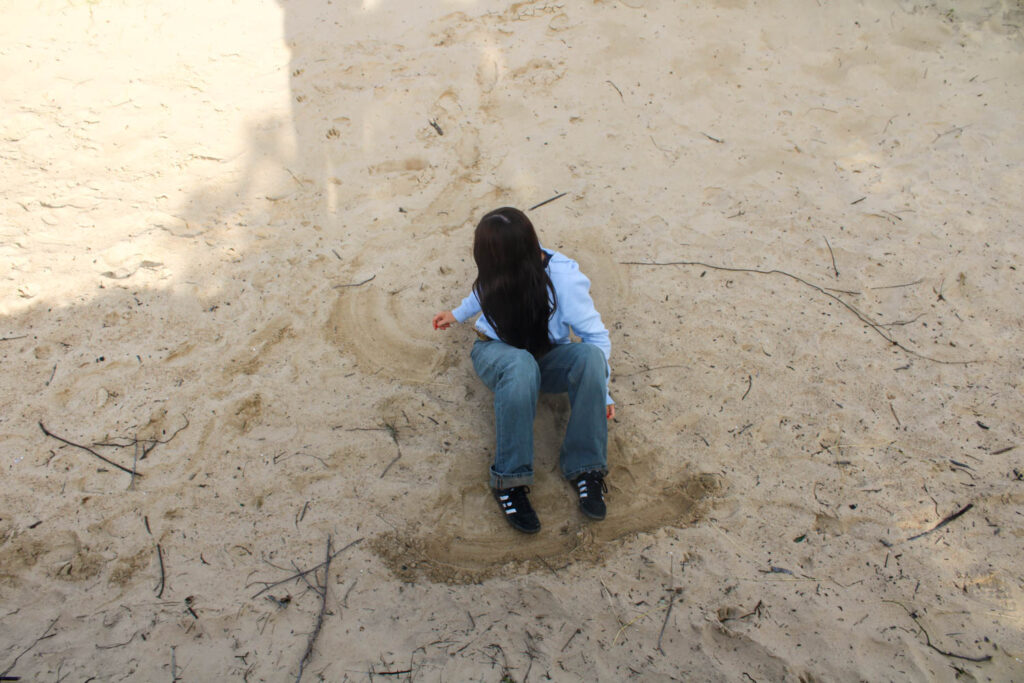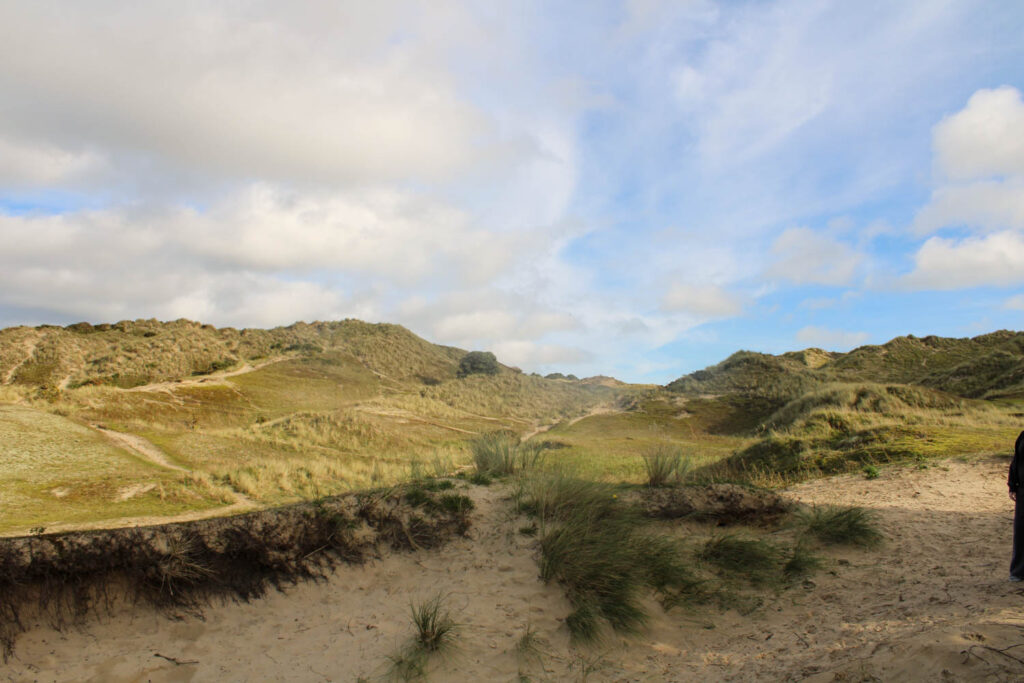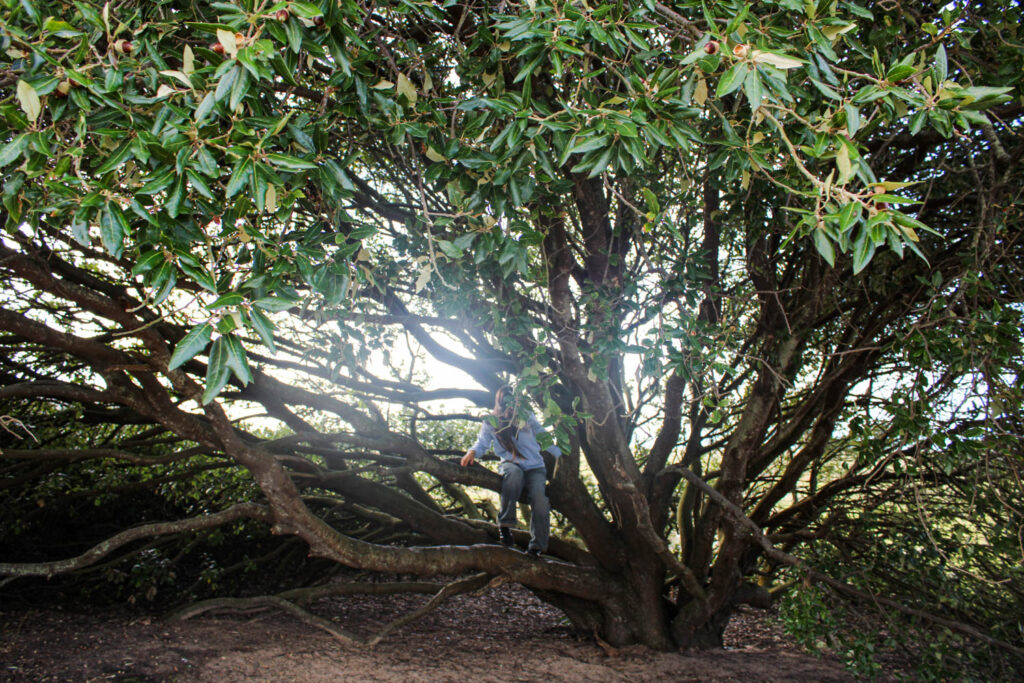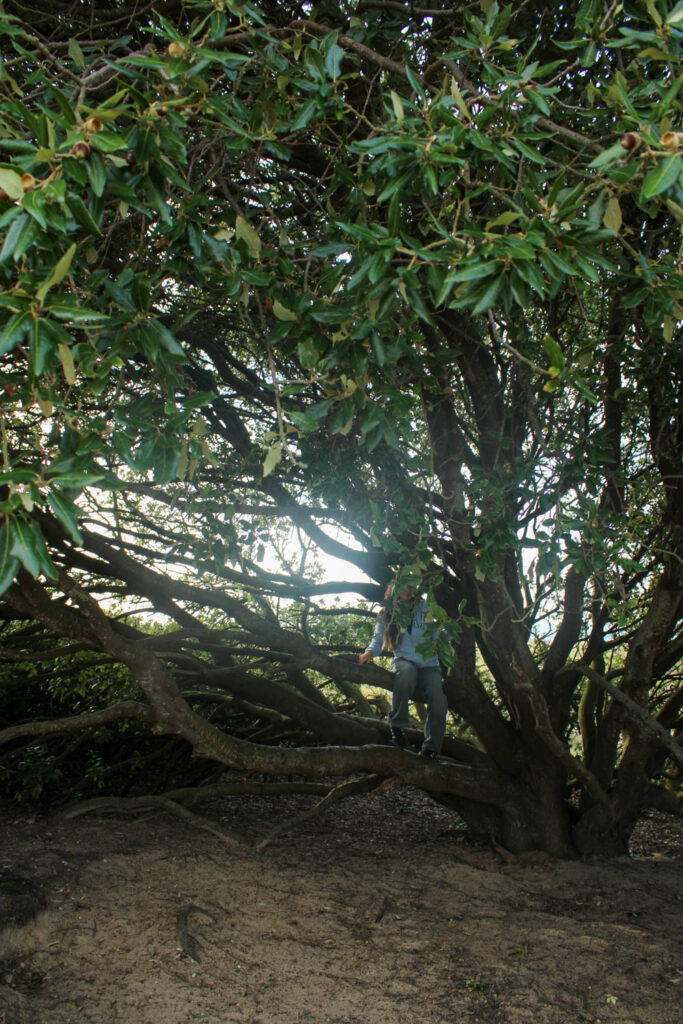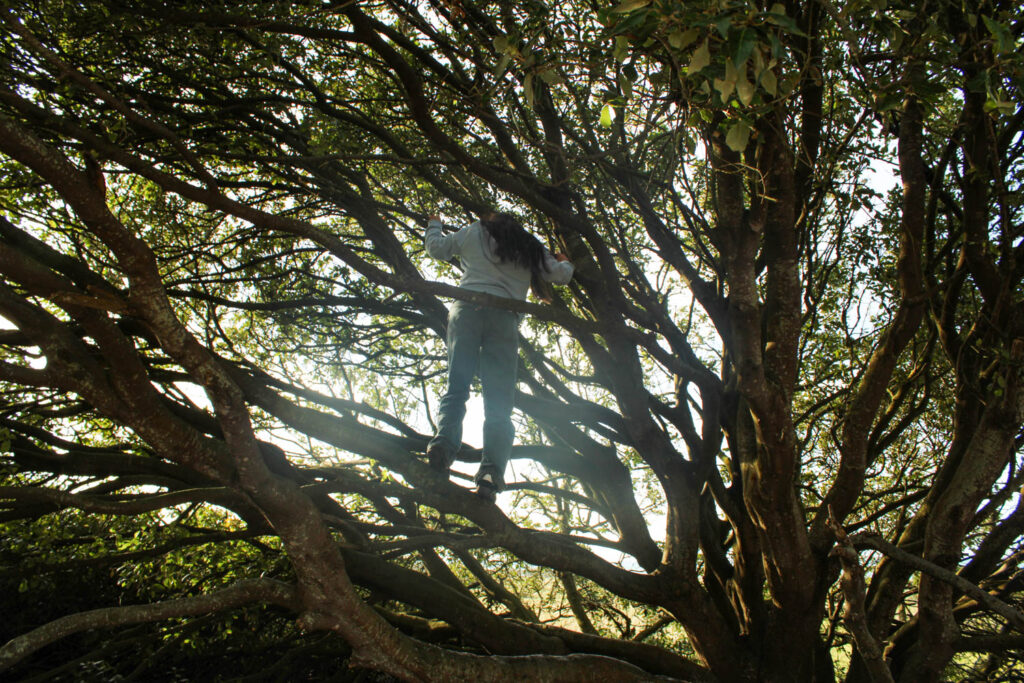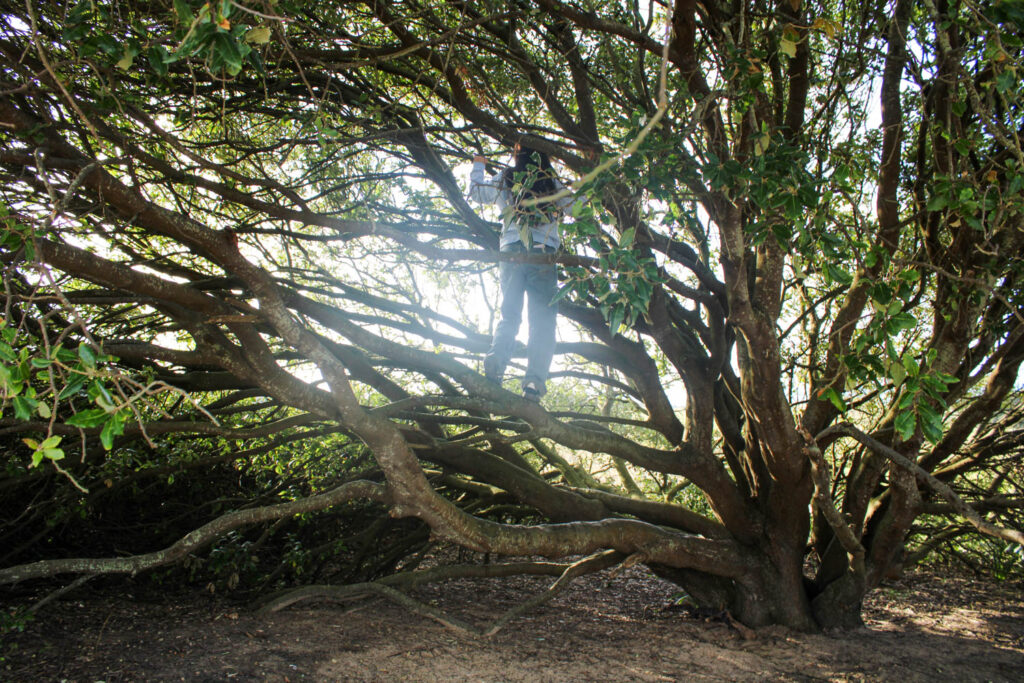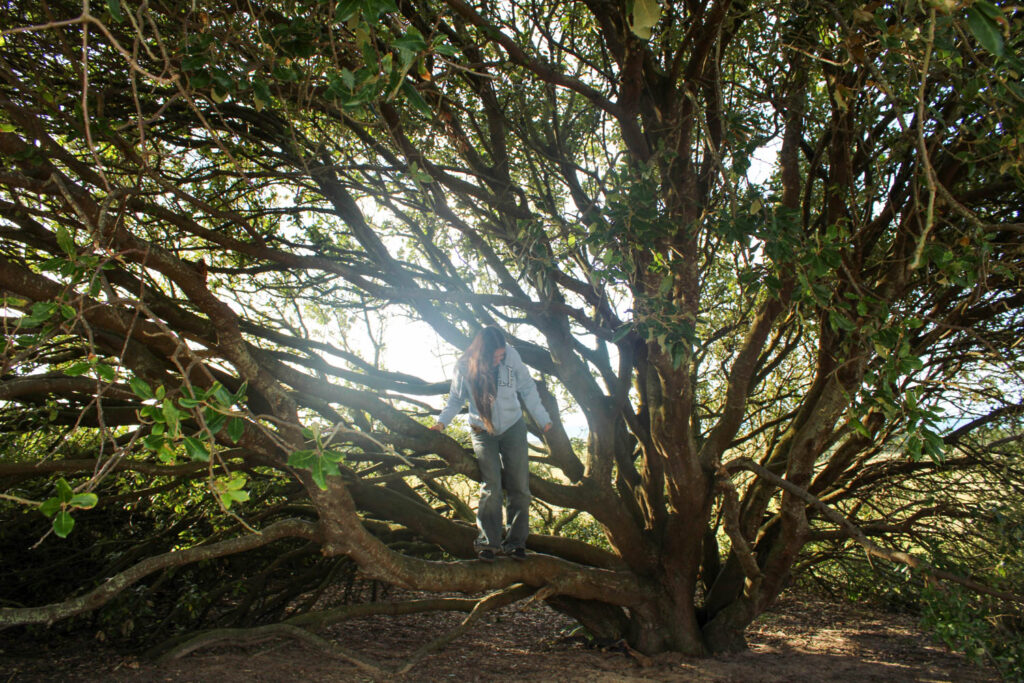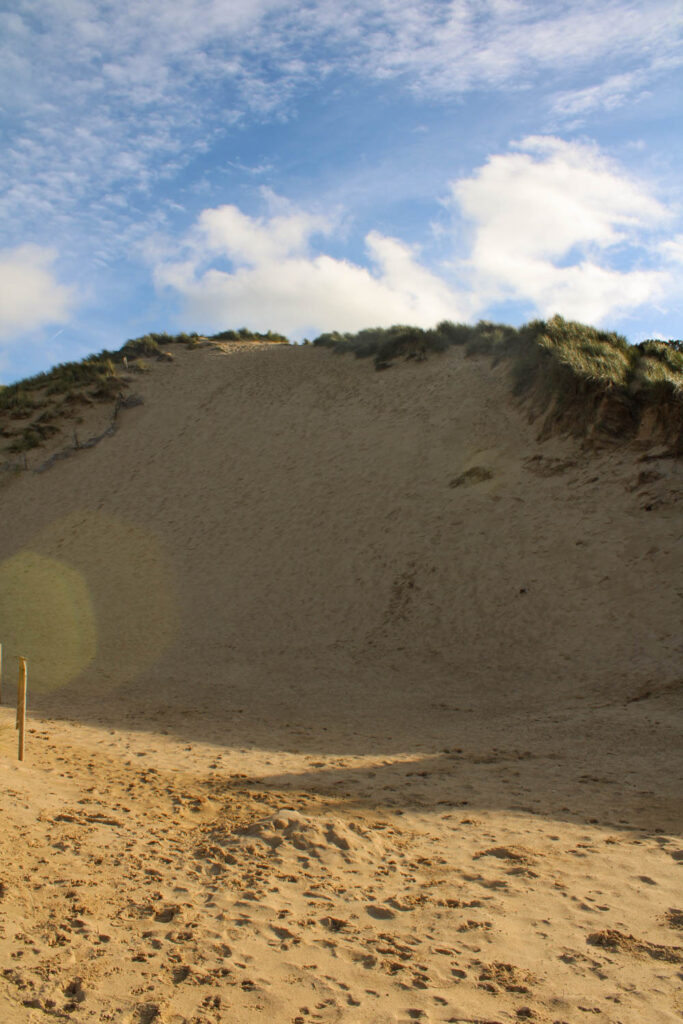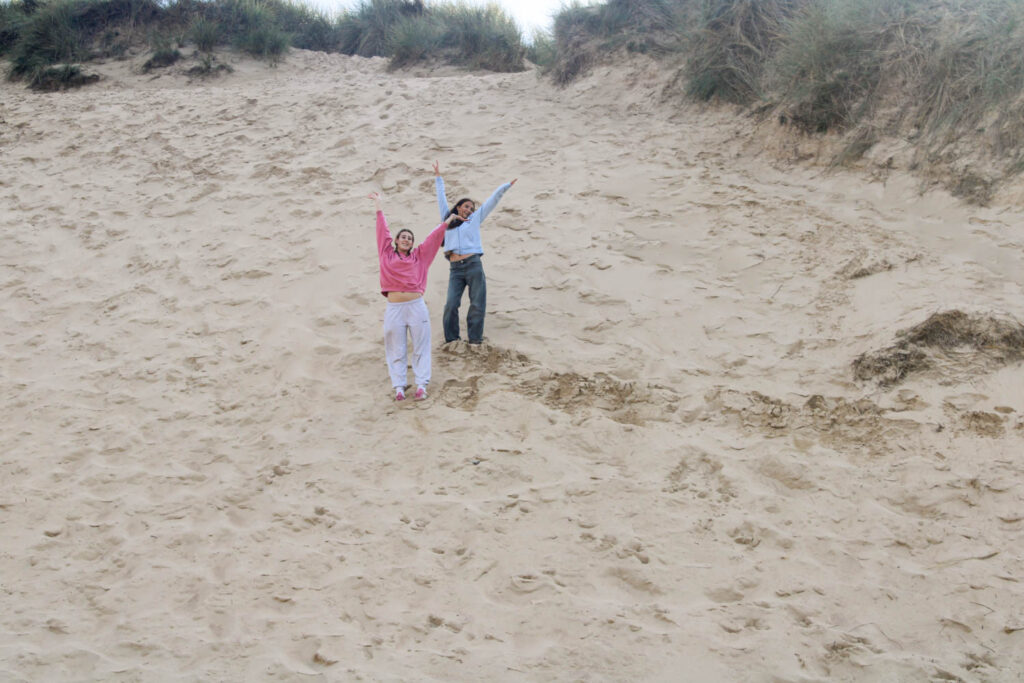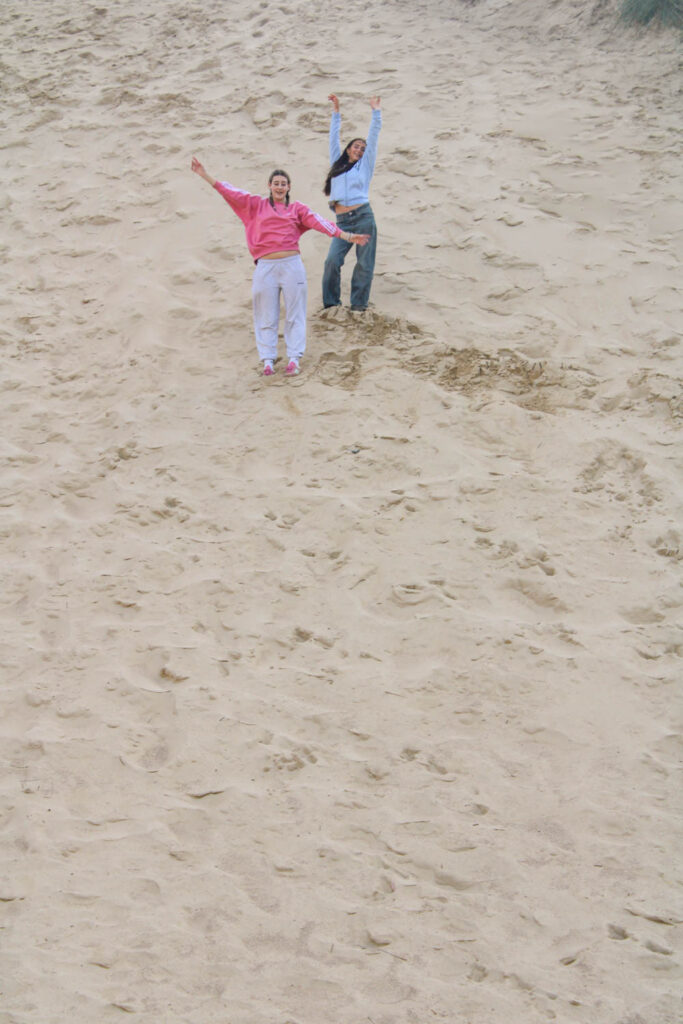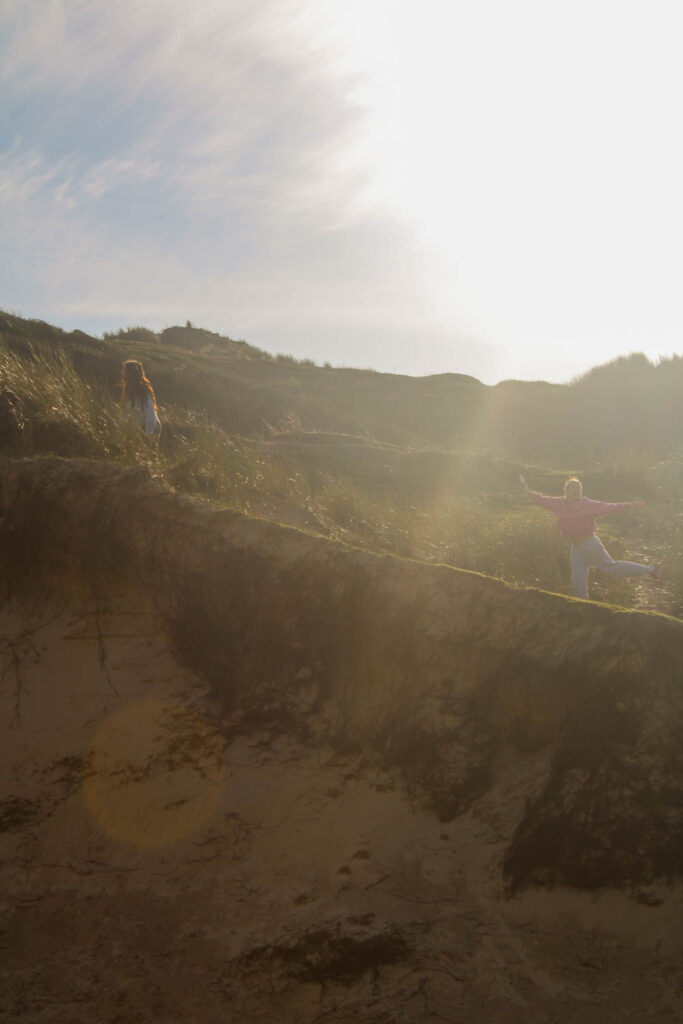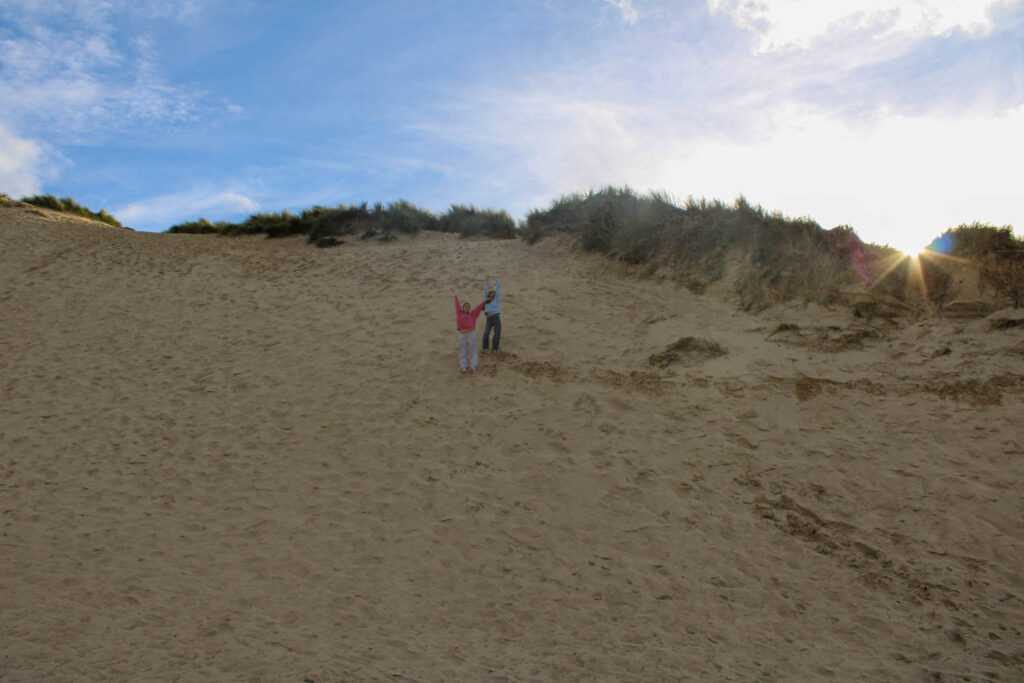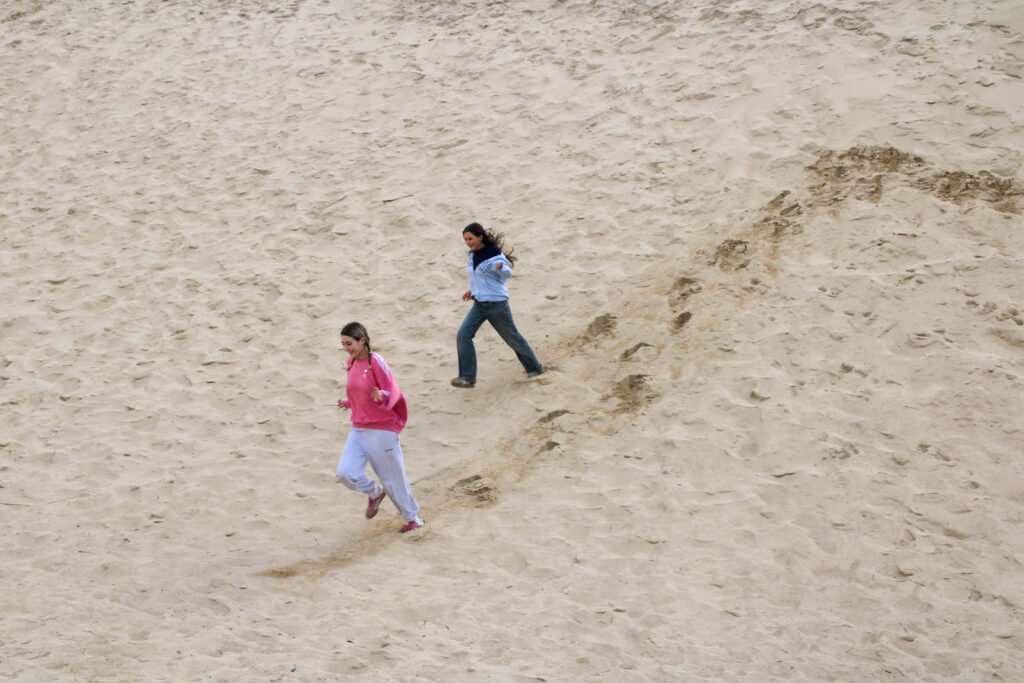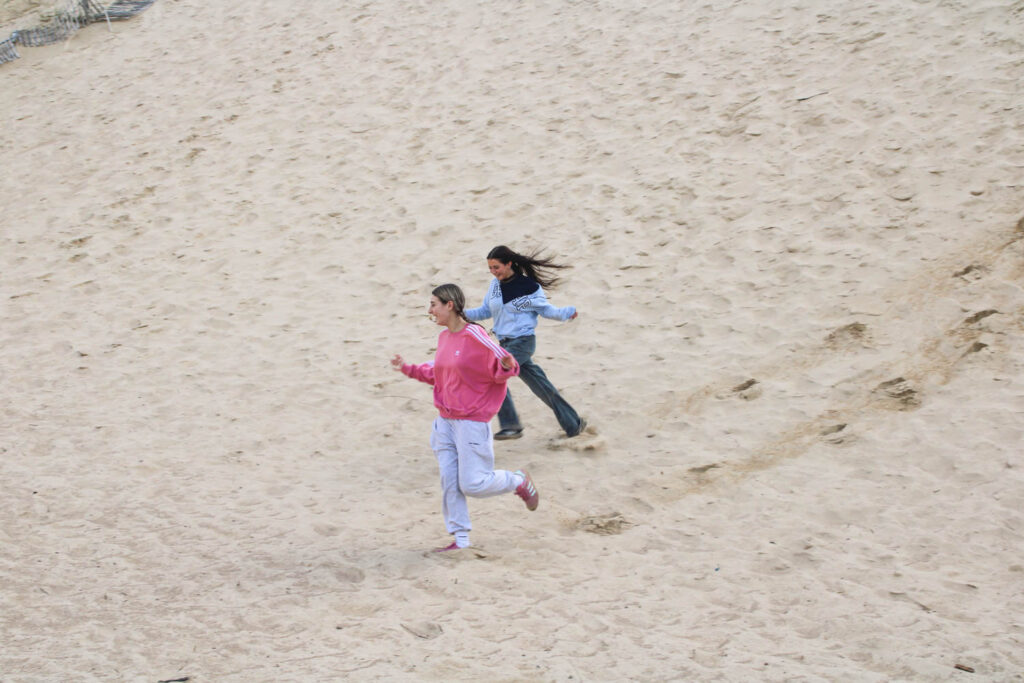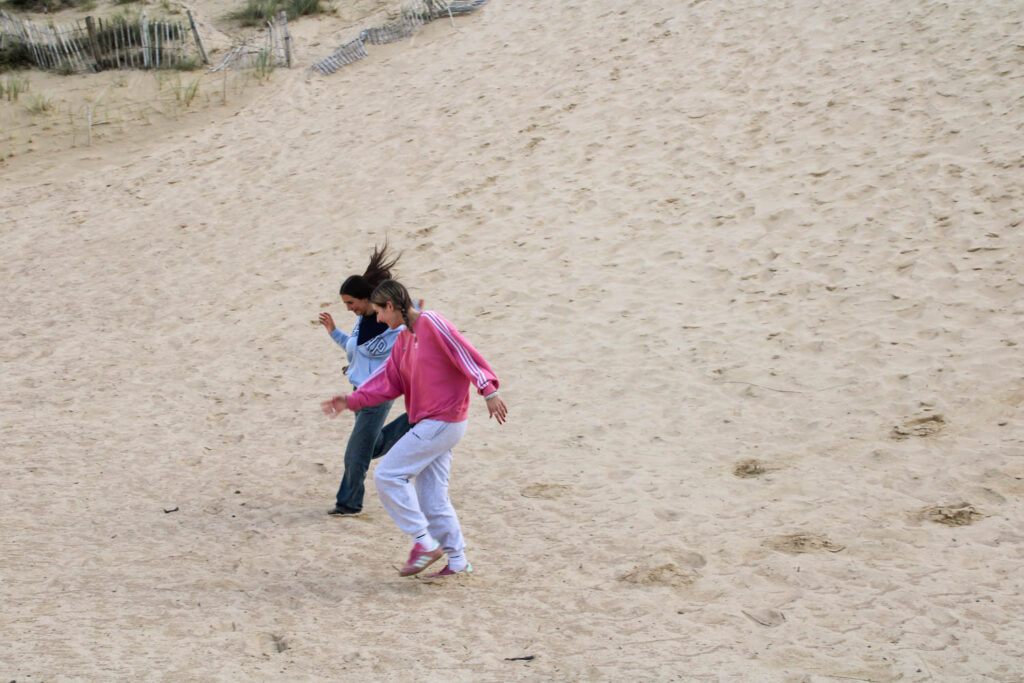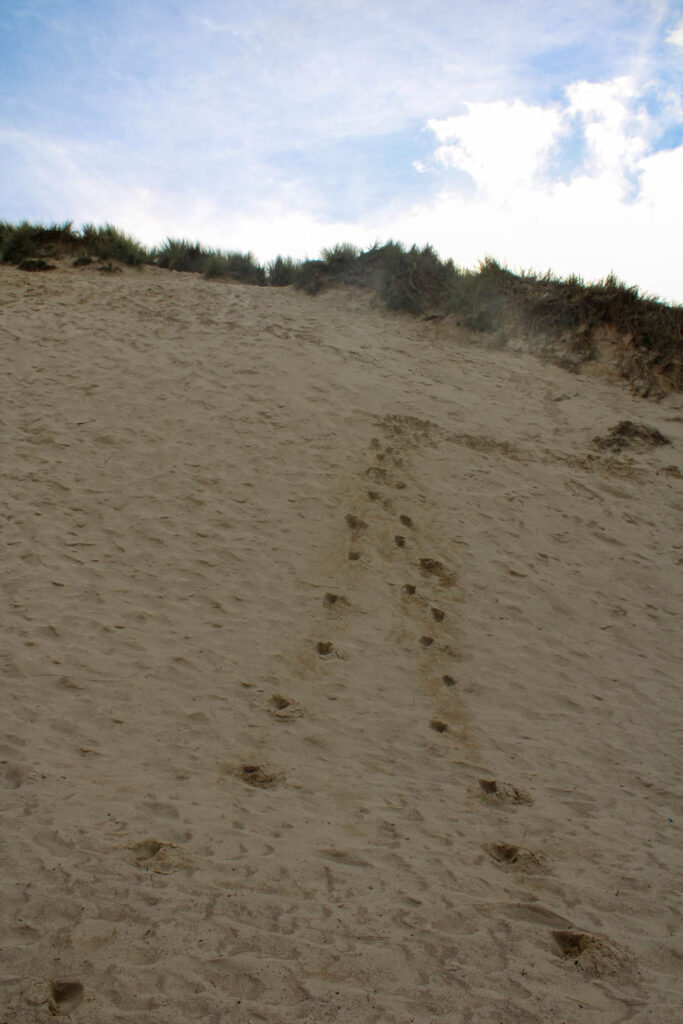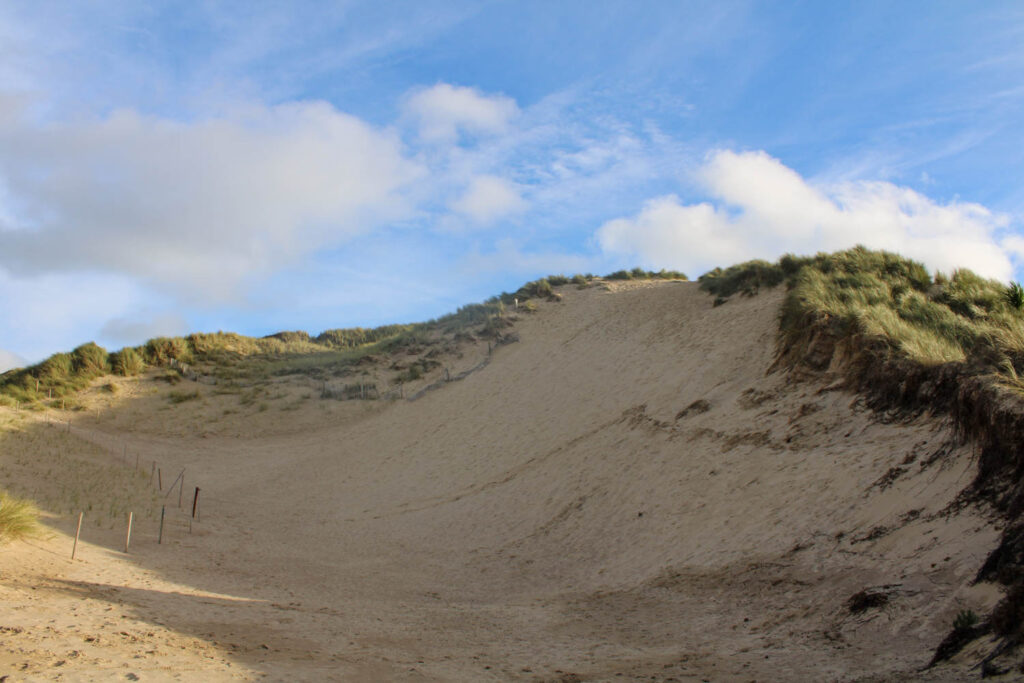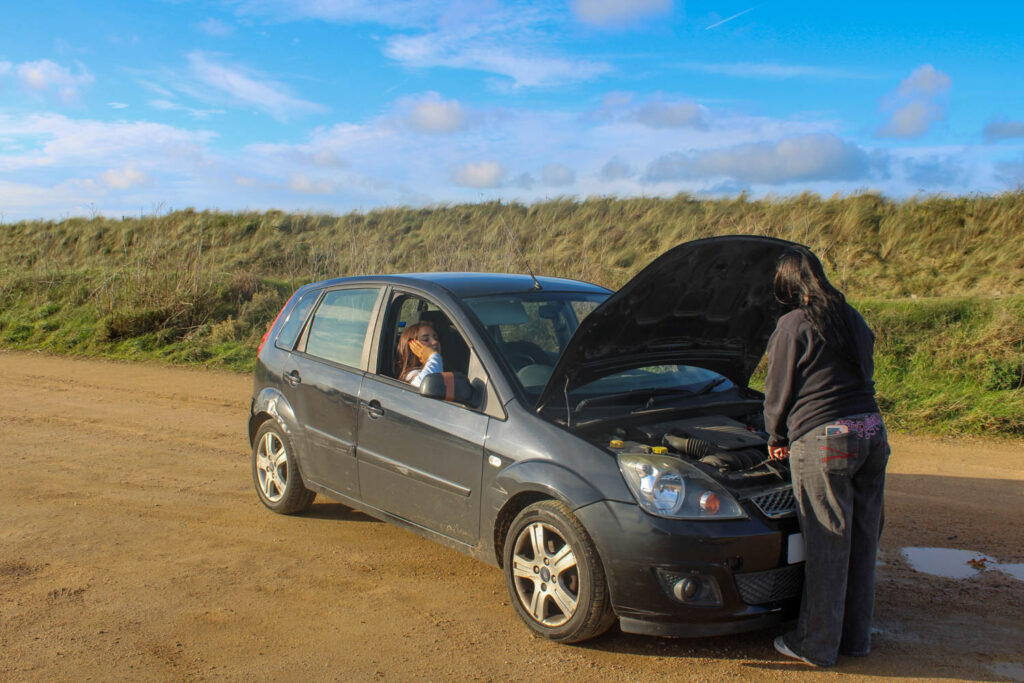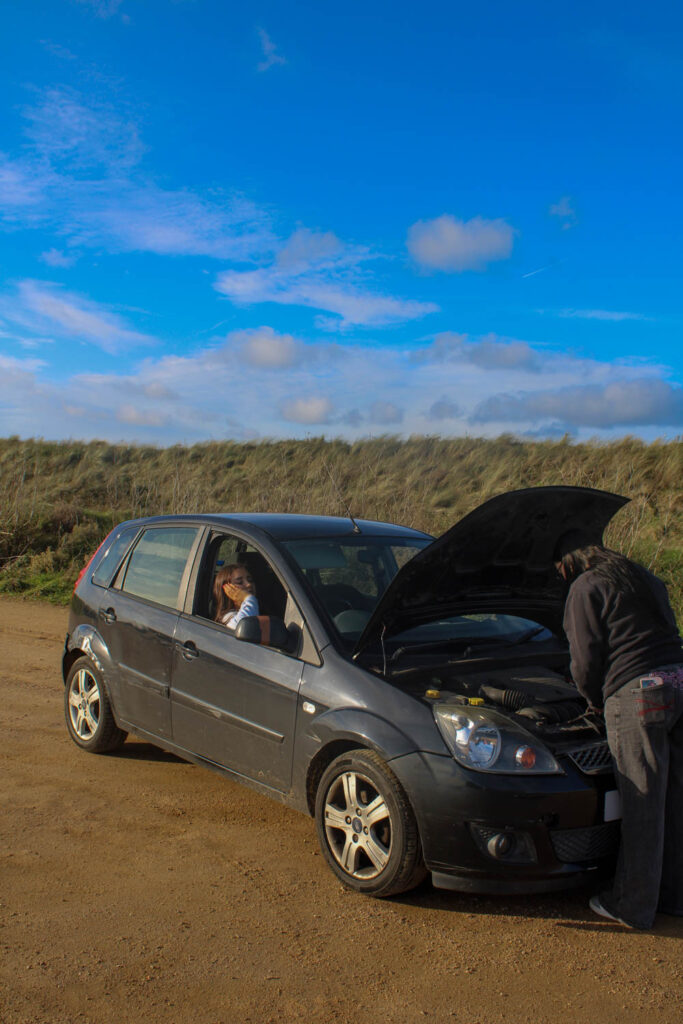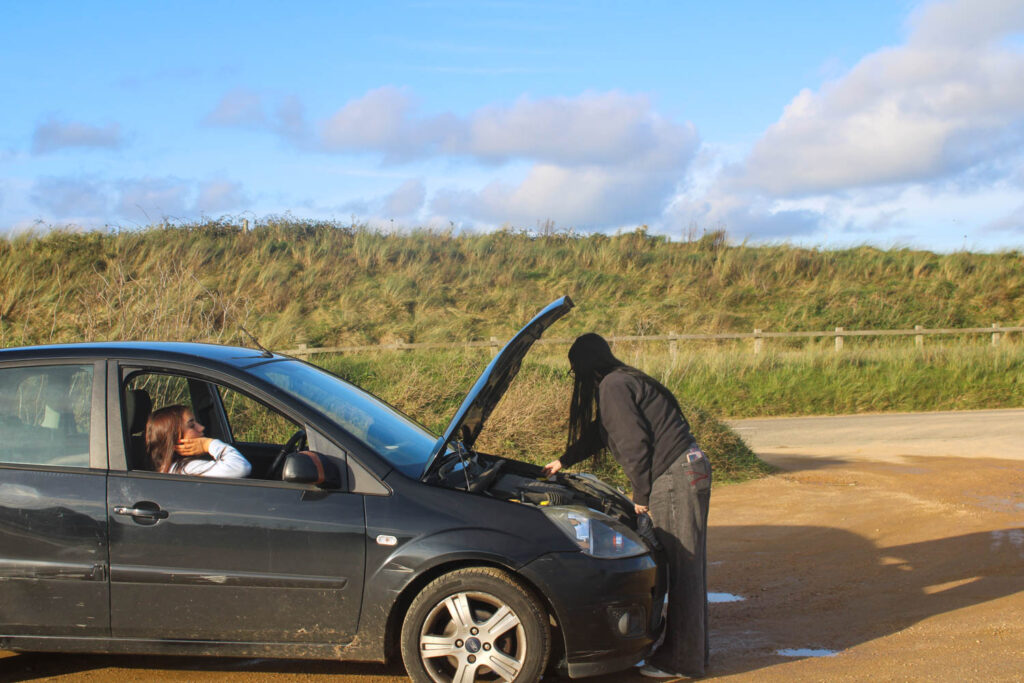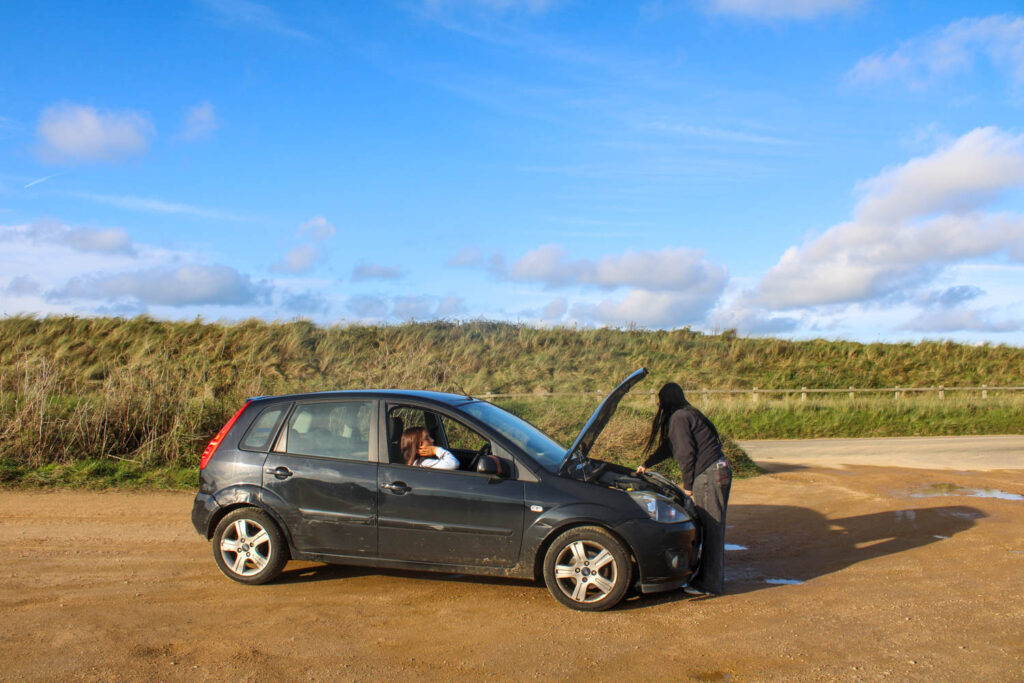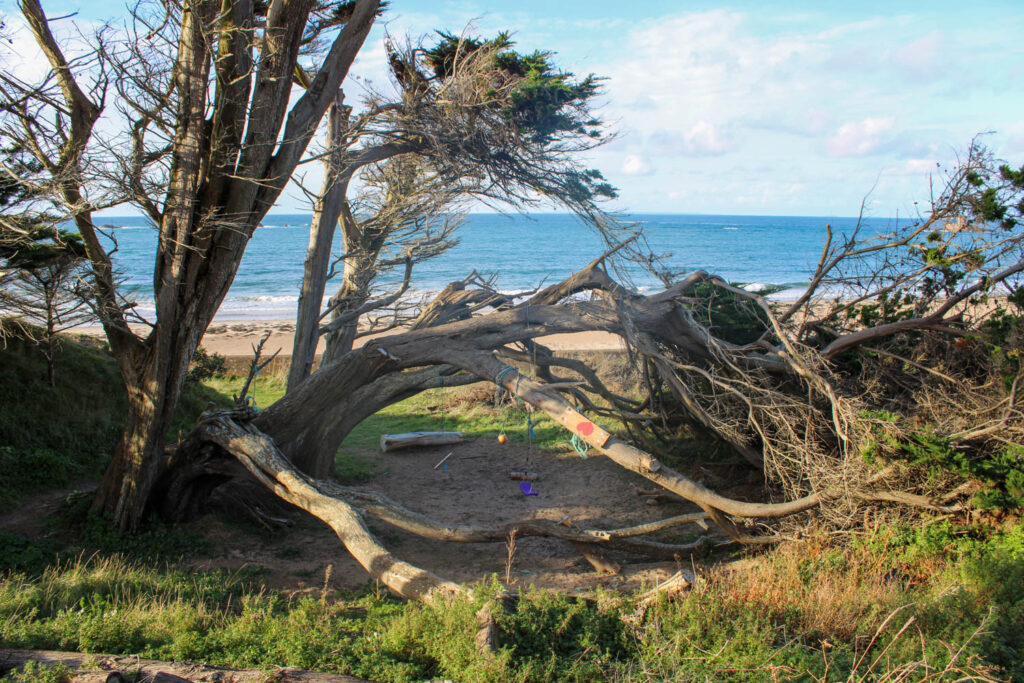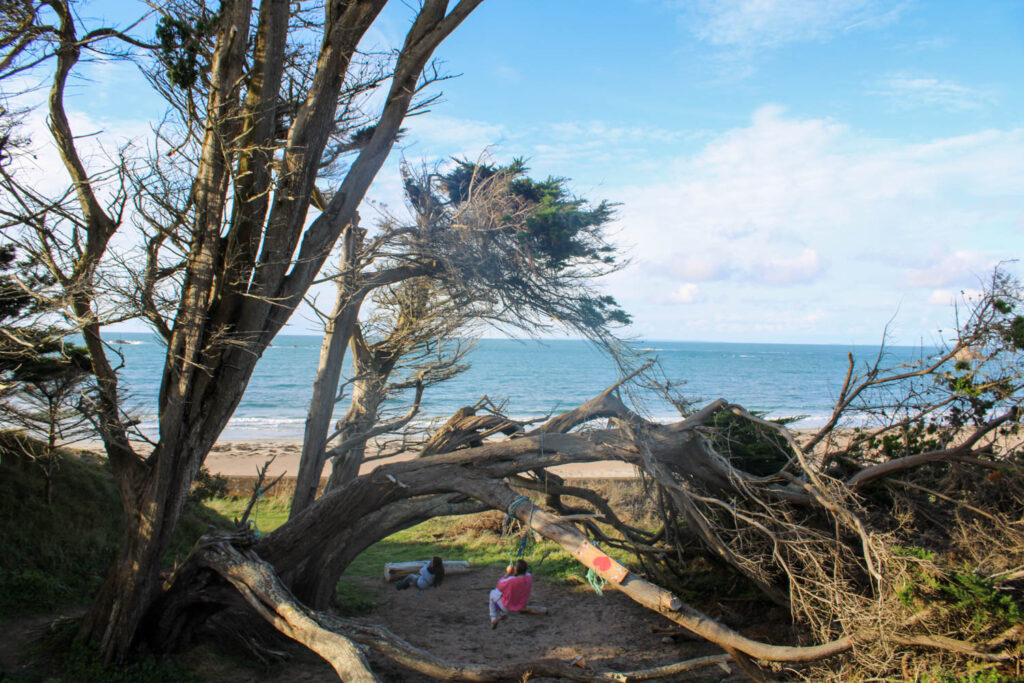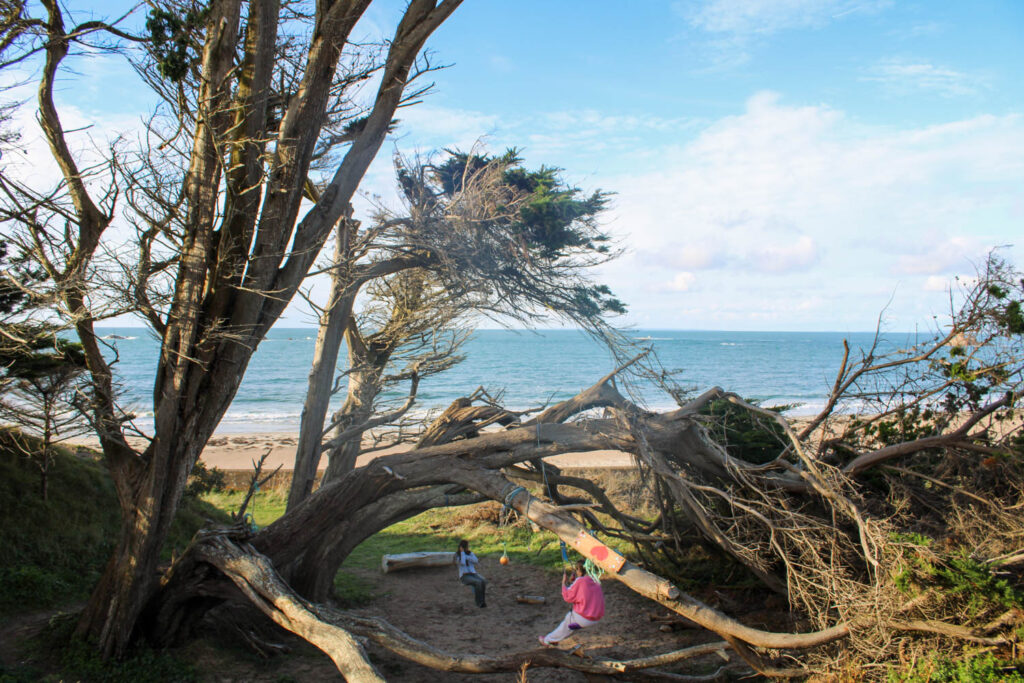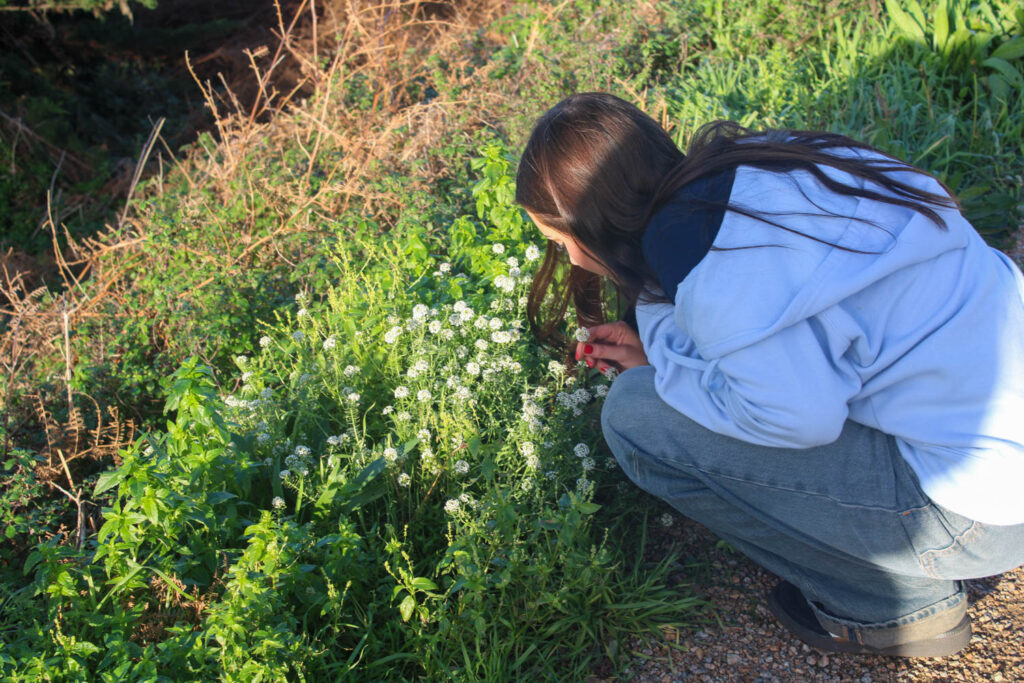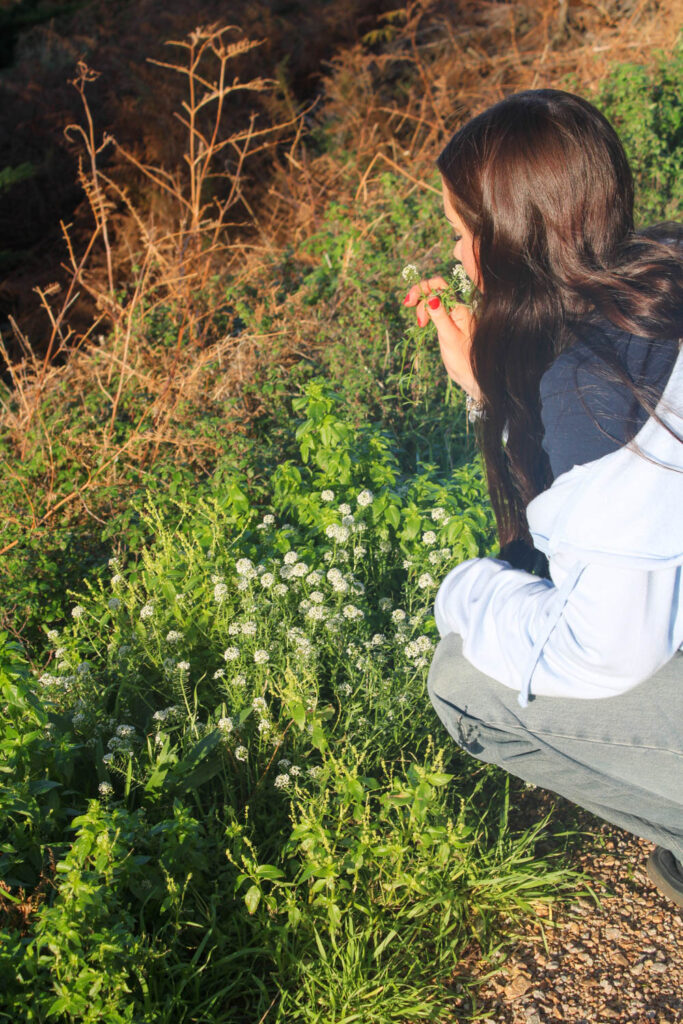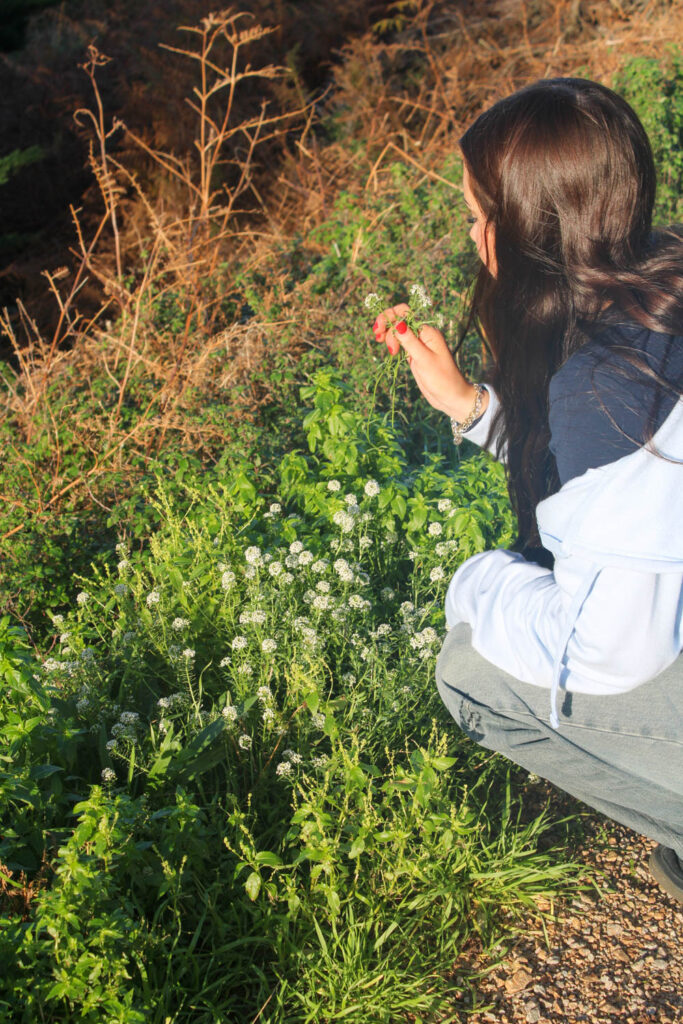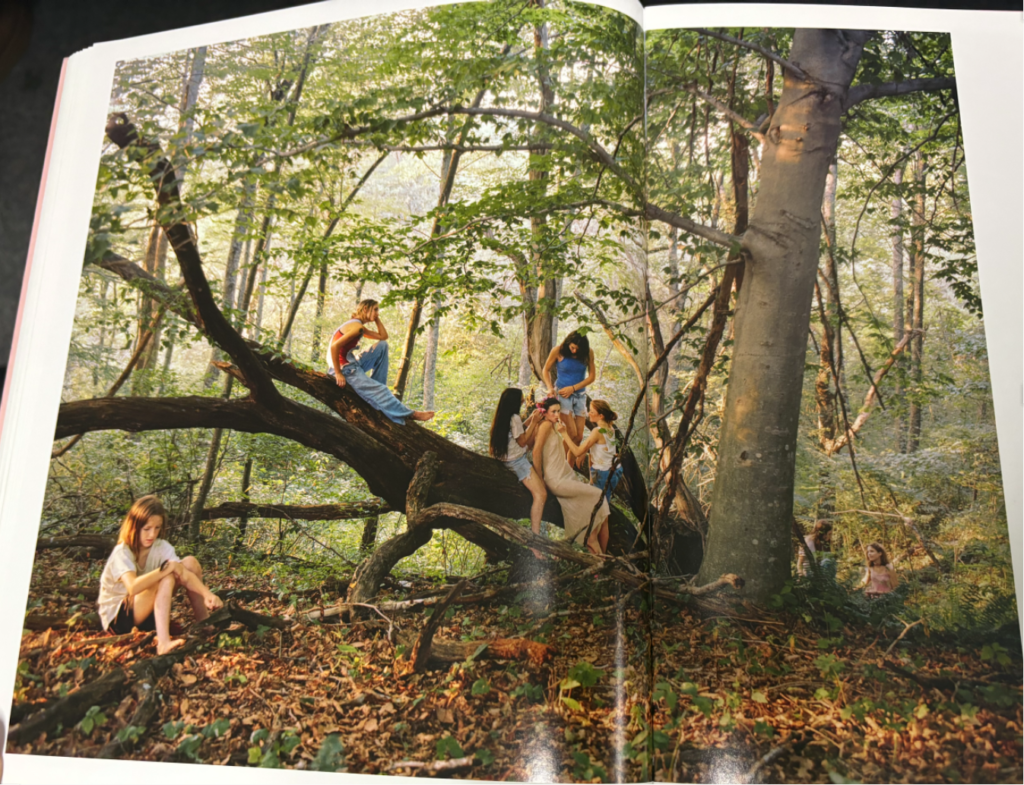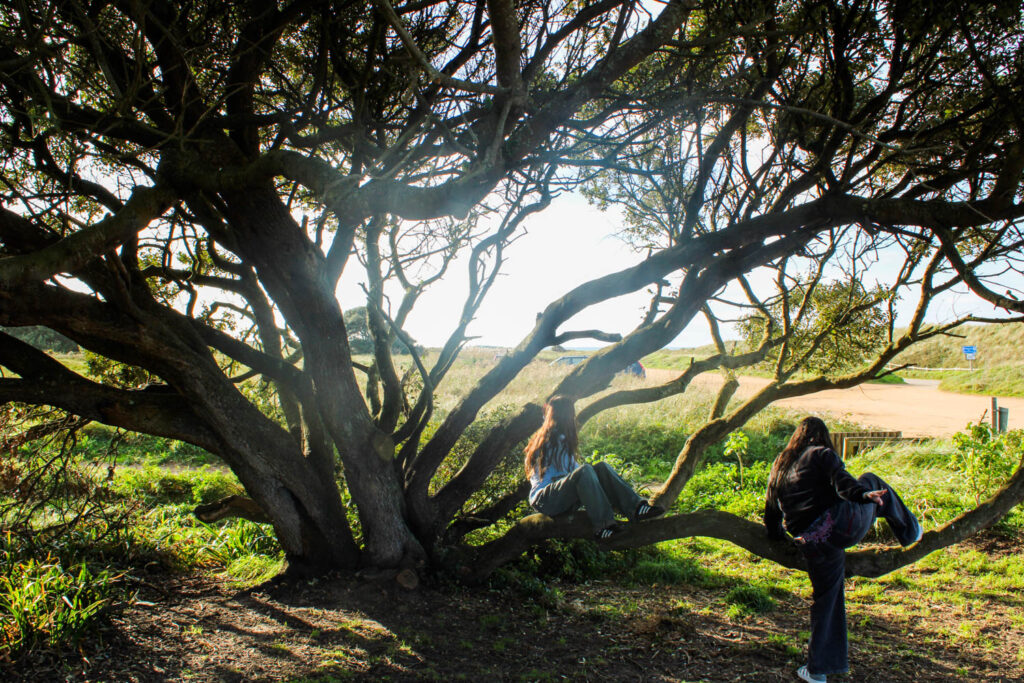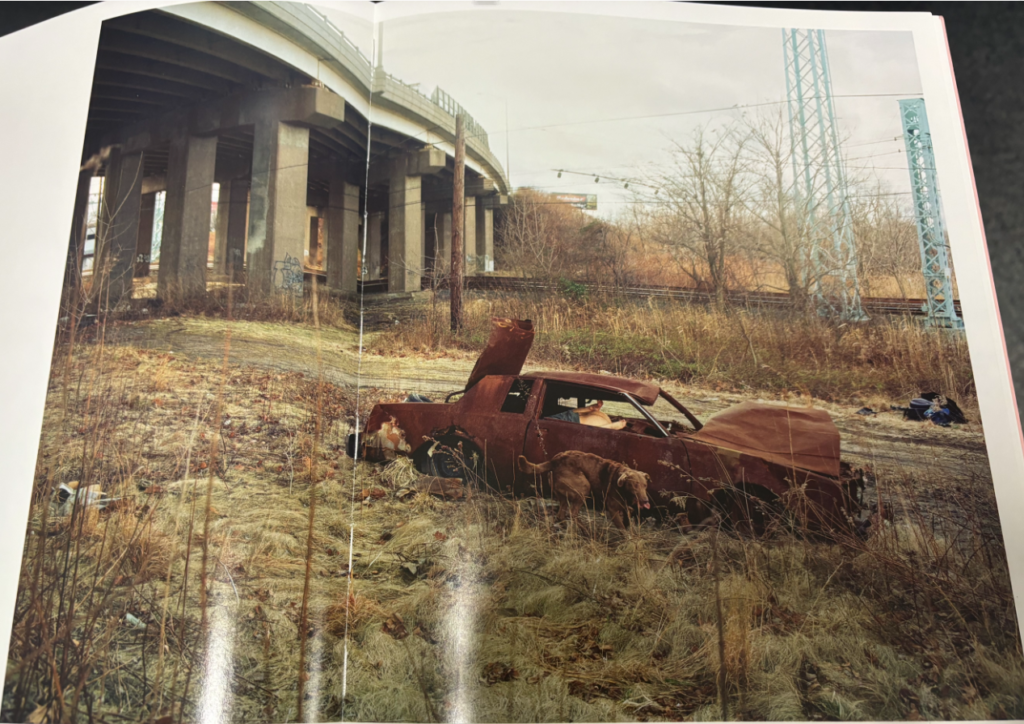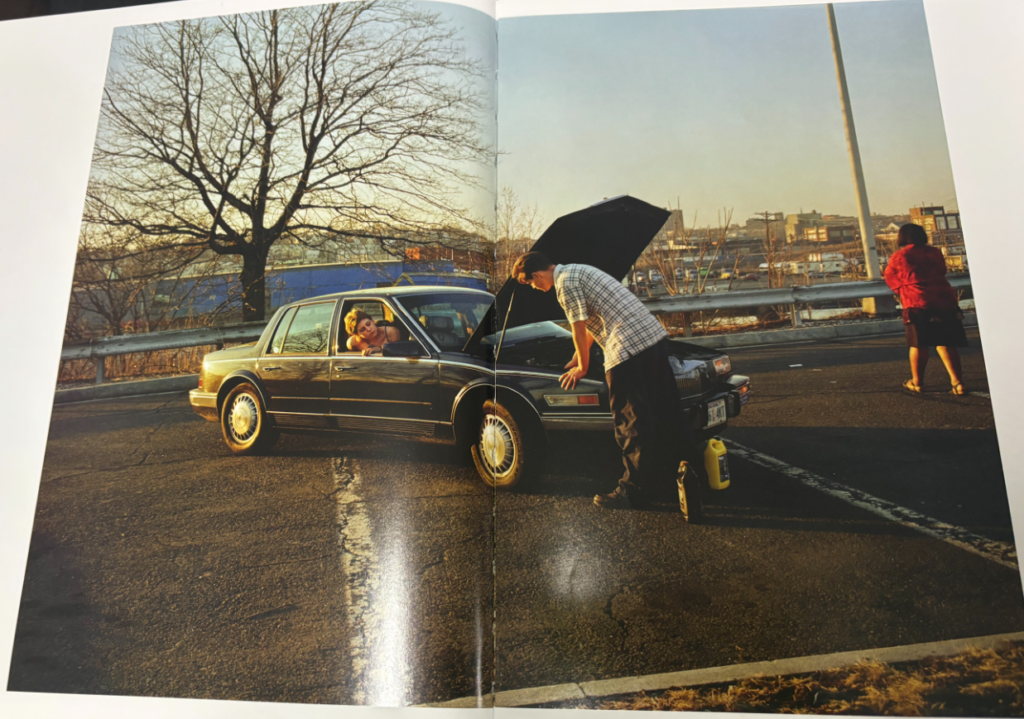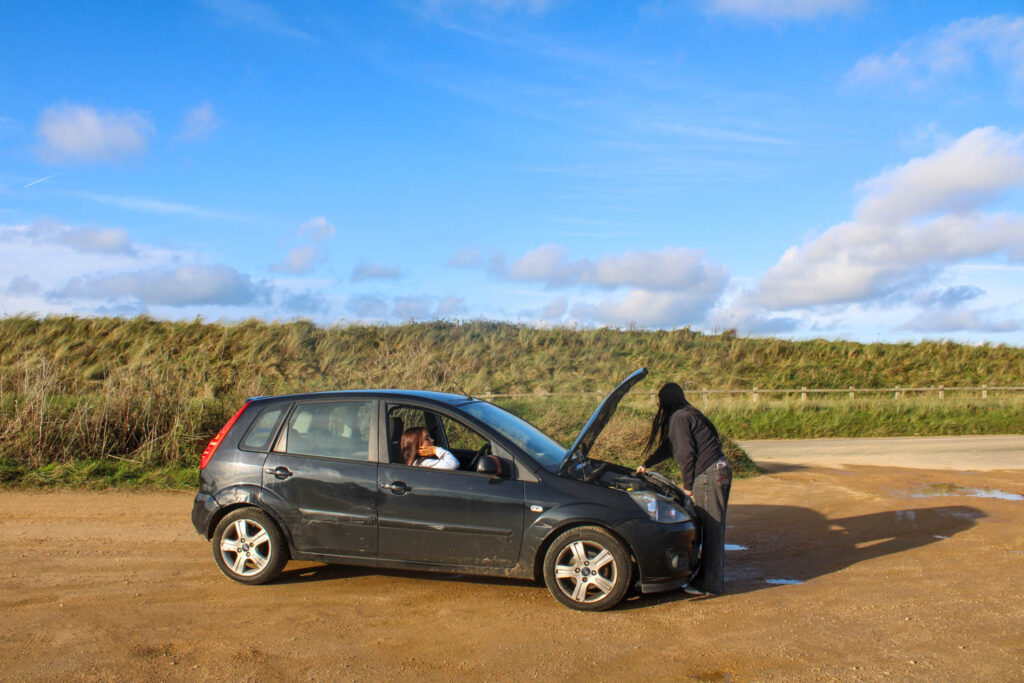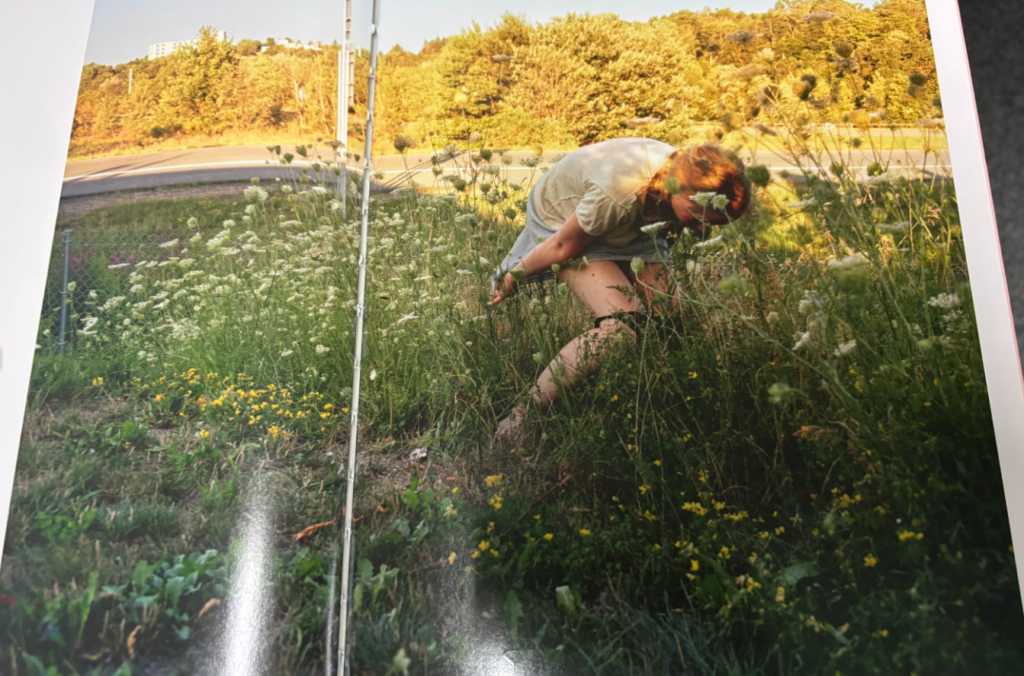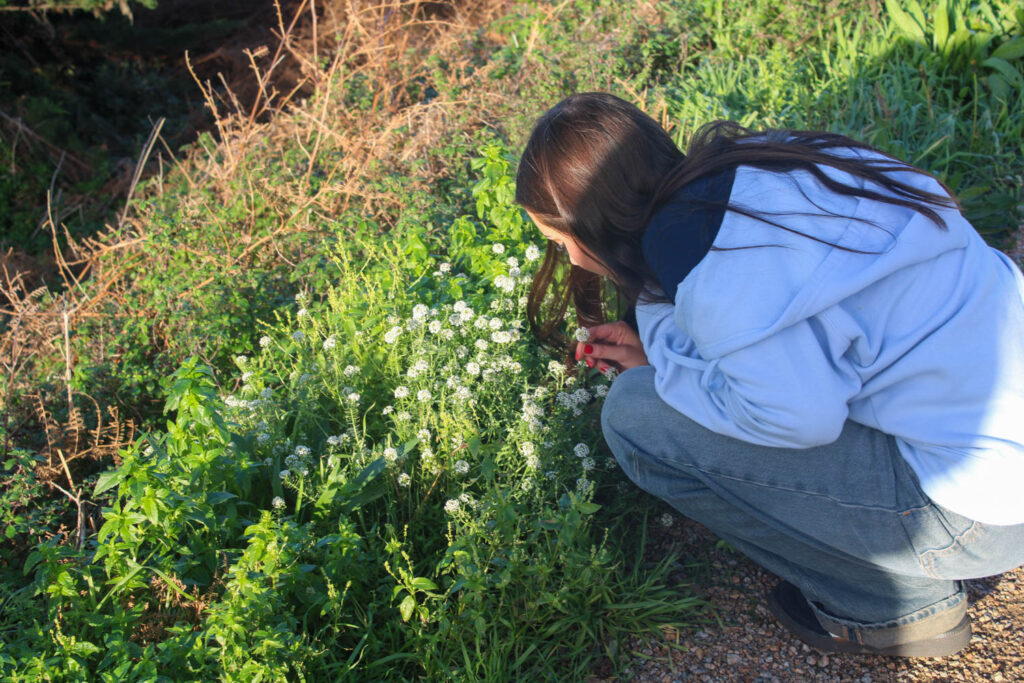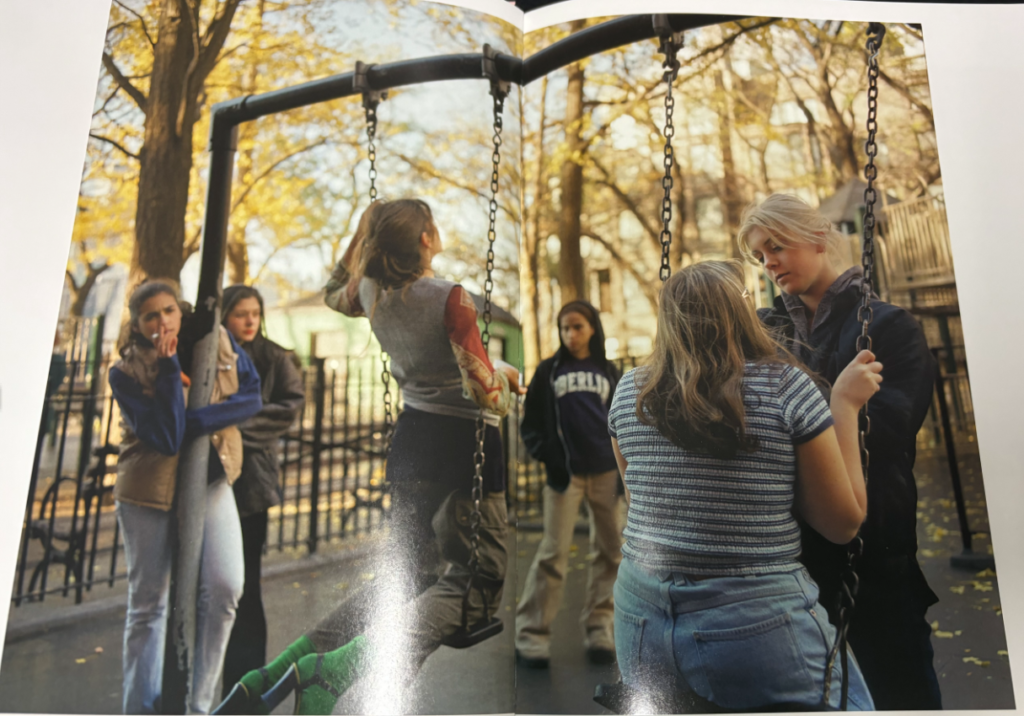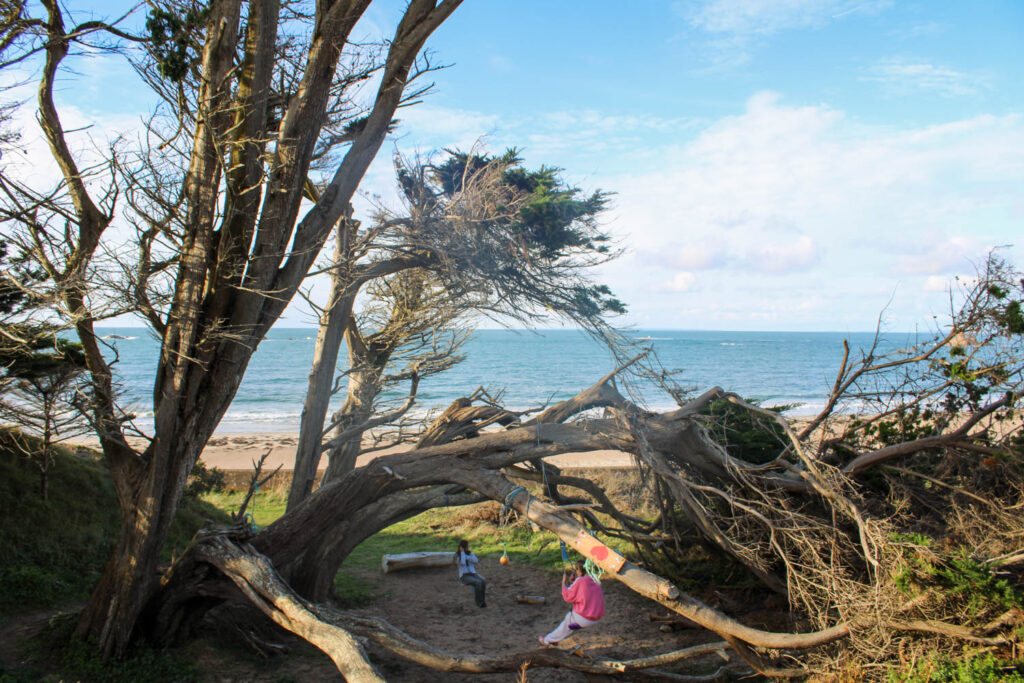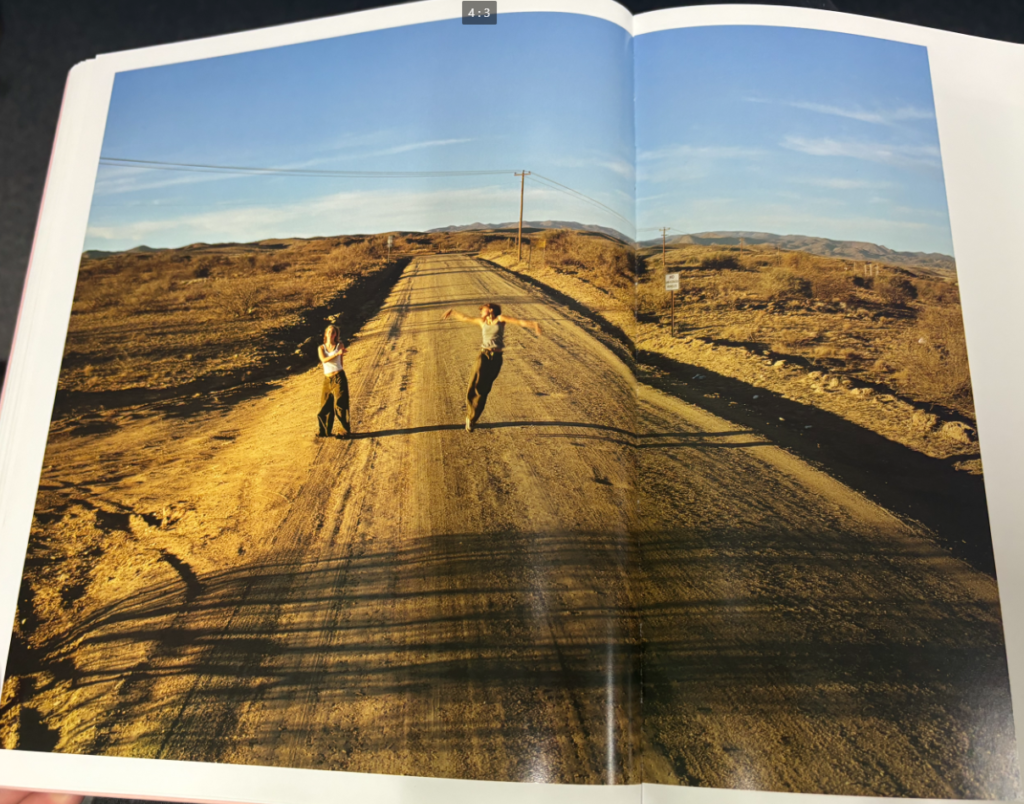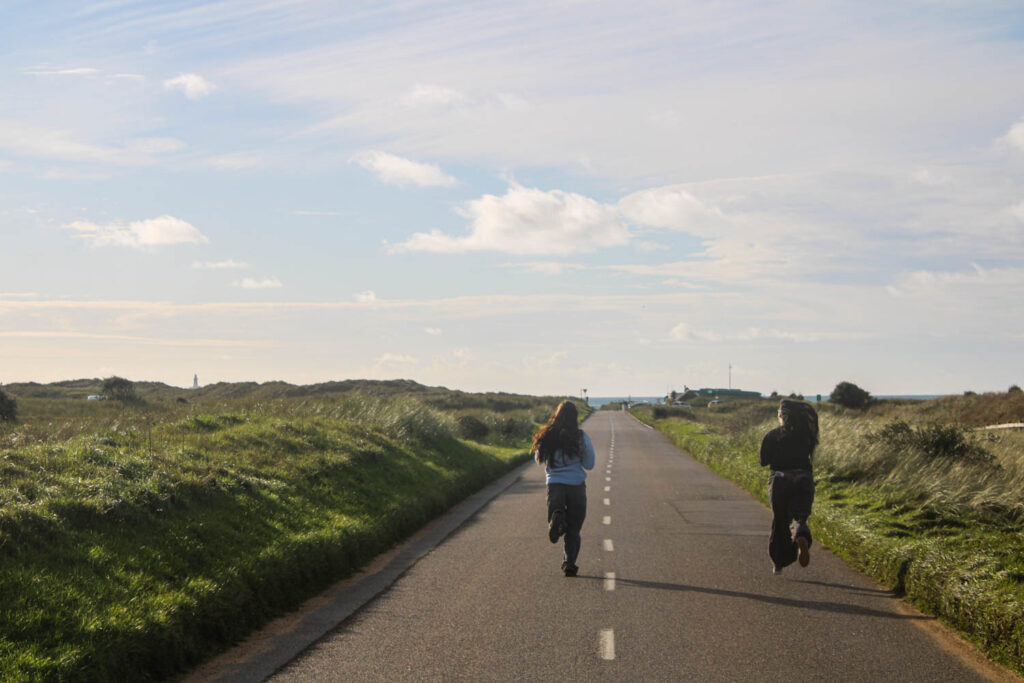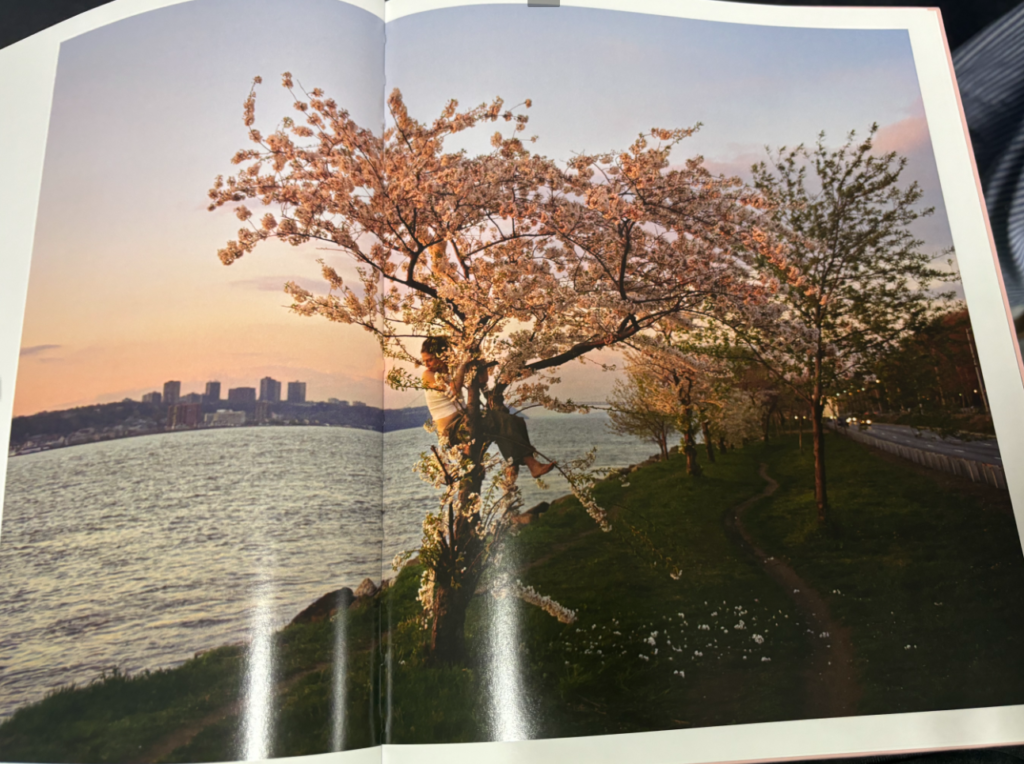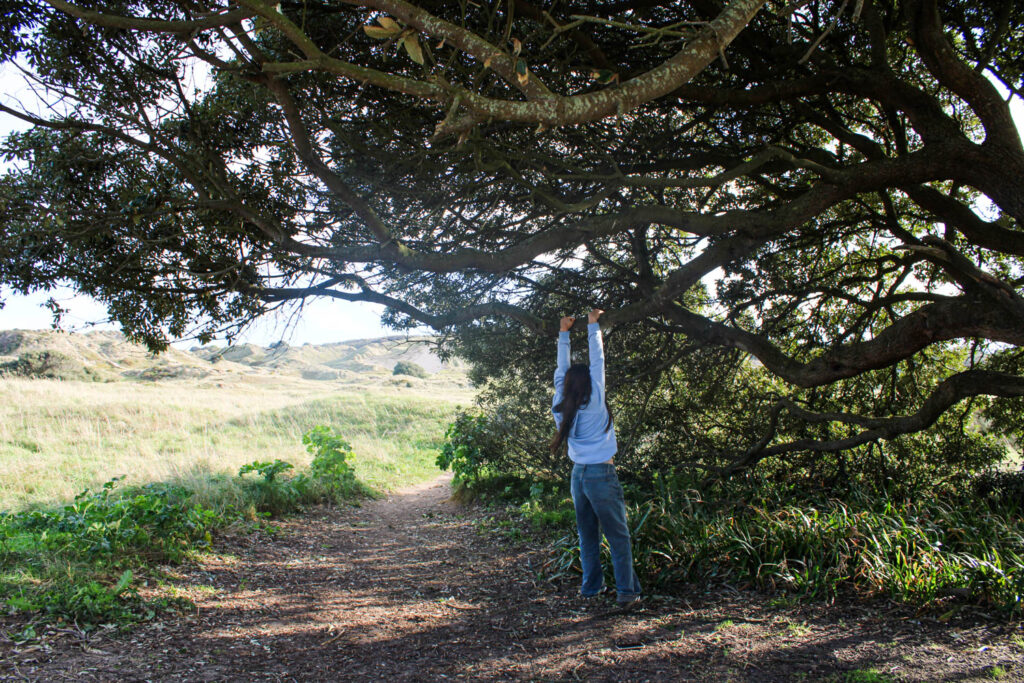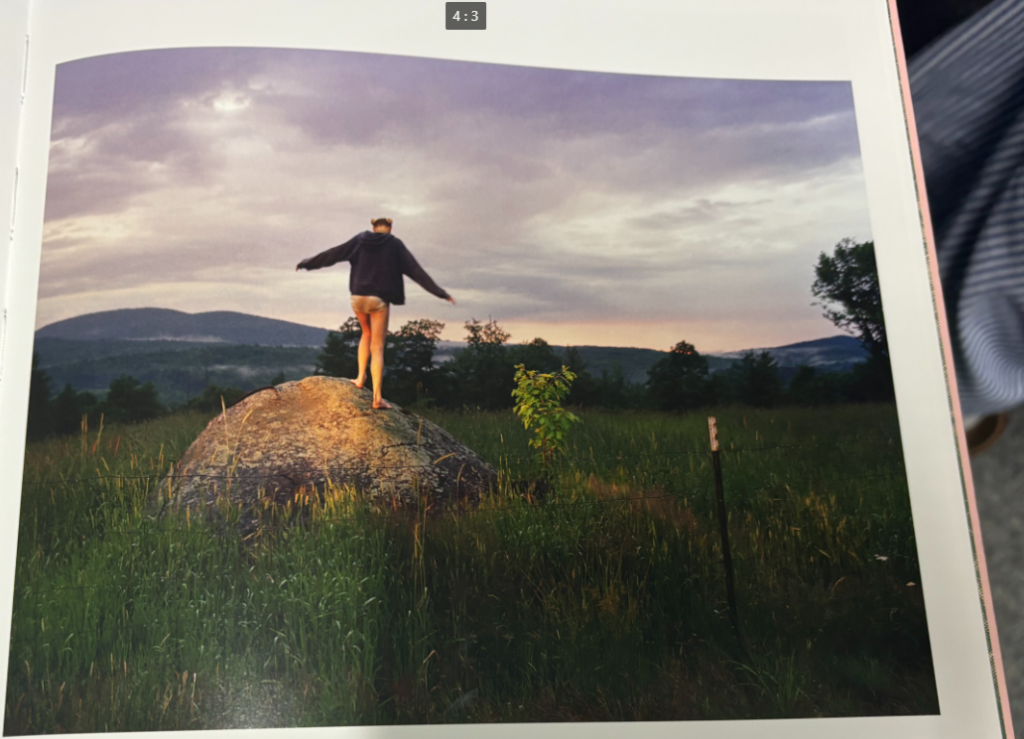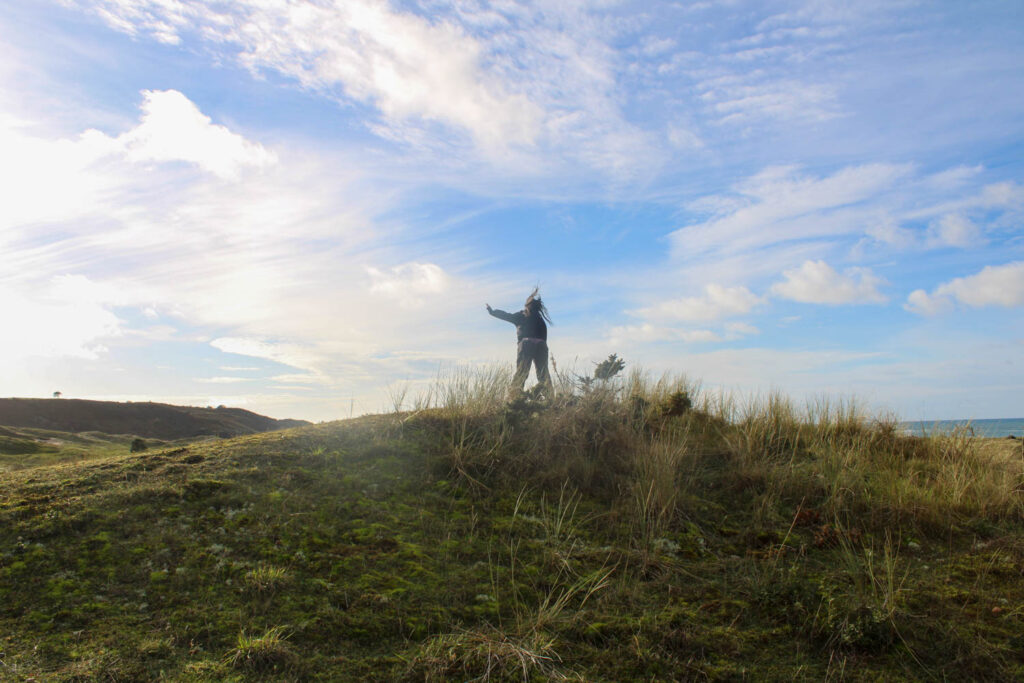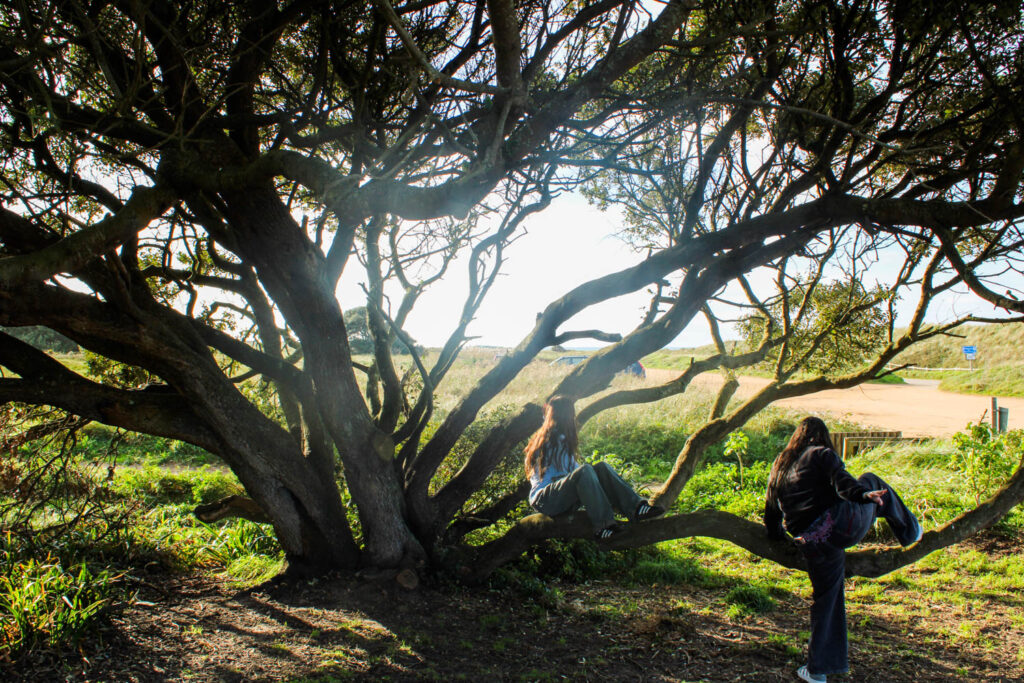Literary sources: Go to this blog post here: Theory: Literary Sources and copy relevant key texts relating to the subject of your essay and list in alphabetical order in your bibliography. In addition, find your own key texts in relation to artists selected for in-depth analysis in your essay and list these too. These texts could be interviews with the artist, or reviews/ critique’s written by others. See useful online sites/ sources here .
- Research and identify 3-5 literary sources from a variety of media such as books, journal/magazines, internet, Youtube/video that relates to your personal study and artists references .
- Begin to read essay, texts and interviews with your chosen artists as well as commentary from critics, historians and others.
- It’s important that you show evidence of reading and draw upon different pints of view – not only your own.
- Take notes when you’re reading…key words, concepts, passages, page number to be used for in-text referencing etc.
Essay Question
- Think of a hypothesis and list possible essay questions
- Below is a list of possible essay questions that may help you to formulate your own.
possible-essay-questions-to-investigate
Some examples of Personal Study essays from previous students:
How can elements of Surrealism be used to express and visualise the personal……?
new topographics and traditional street photography
In what way can abstraction make visible what is invisible in the natural and urban landscape?
What is abstraction exactly?
……..William Klein’s confrontational approach to street photography?
Essay Plan
Make a plan that lists what you are going to write about in each paragraph – essay structure
- Essay question:
- To what extent are Saul Leiter and Sigfried Hansen influenced by Formalism in their work?
- Opening quote
‘To photograph is to appropriate the thing photographed.
It means putting oneself into a certain relation to the world that feel like knowledge– and therefore, like power.’ (Sontag 1977:4)
‘To collect photographs is to collect the world.’ (Sontag 1977)
To what extent are Saul Leiter and Sigfried Hansen influenced by Formalism in their work?
- Introduction (250-500 words): What is your area study? Which artists will you be analysing and why? How will you be responding to their work and essay question?
“I happen to believe in the beauty of simple things. I believe that the most uninteresting thing can be very interesting.”
Saul Leiter
Introduction
Saul Leiter suggest that what goes unnoticed is in fact the most exciting. The fact that we are almost unaware our surroundings of unique shapes and formations, with the only way that we truly see it is through abstract approaches. Throughout my personal study I aim to investigate street photography and how it can be portrayed through various ways. I believe there is more to street photography and that it’s not just a standard photograph of a building, it’s in fact different visual elements such as vibrant colours, unusual shadows, textures, and patterns, to diverse formations and compositions that all intertwine, overall creating these contrasting effects. All these visual elements are otherwise known as formalism, compared to what we see on the streets it shows a very similar effect. The way colours are distinguished between more colours, separated by distinct lines is further represented within the streets whether we notice it or not. My aim is to bring this to life, presenting this through very abstract and diverse approaches, and makes you question the photo as it is so unrecognisable. Siegfried Hansen perfectly describes formalism. His similar approach overall achieves abstract, unrecognisable images, that are so bold and full of colour and life it changes our perspective of our surroundings – viewing things for their details and unique features that define them. Saul Leiter expresses this more excitingly, expressing very hectic and busy images, however are clearly defined through formations, colours, and shadows. I am going to investigate various visual elements such as colour, formations and shadows and how they present their own narrative as we engage in different ways. Producing my own response in a formalist way, will create depth and meaning behind what I capture. More meaning will be revealed as I capture things in an abstract approach for example the colours chosen and formation expressing how uninteresting images can be made more interesting.
- Pg 1 (500 words): Historical/ theoretical context within art, photography and visual culture relevant to your area of study. Make links to art movements/ isms and some of the methods employed by critics and historian.
Formalism
Formalism is a study of art, where compositional elements are presented to us through elements of colour, line, shape, and texture. Rather than focusing on a specific meaning, reason of creation, historical background or context within the photo, (that goes unnoticed), we therefore consider the medium used or visual elements that is presented to us through such expressive and dynamic formations. The colour wheel greatly impacts formalism, as the small selection of colour complements one another therefore creating a very appealing and engaging feature.
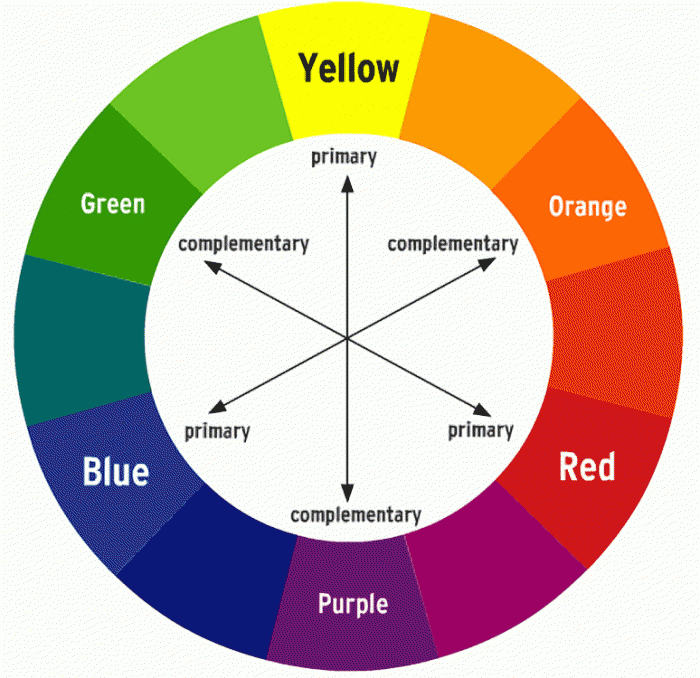
Formalism is the most important aspect of art, presented through visual aspects rather than narrative content -connecting closely to the outside world. Within this we see a dynamic relationship of colour, brushstroke, line and composition. Isaac Newton developed the colour wheel based on his findings. Proving that white light was not a single entity, instead it was composed of a spectrum of colour combining to make white, otherwise meaning white is a source of all colour. Newton’s experiment consisted with passing a thin beam of sunlight through a prism which produced a spectrum of colours – red, orange, yellow, green, blue, indigo and violet. Then by placing an inverted prism in the path of the coloured light beams, combined the colours producing white once more.
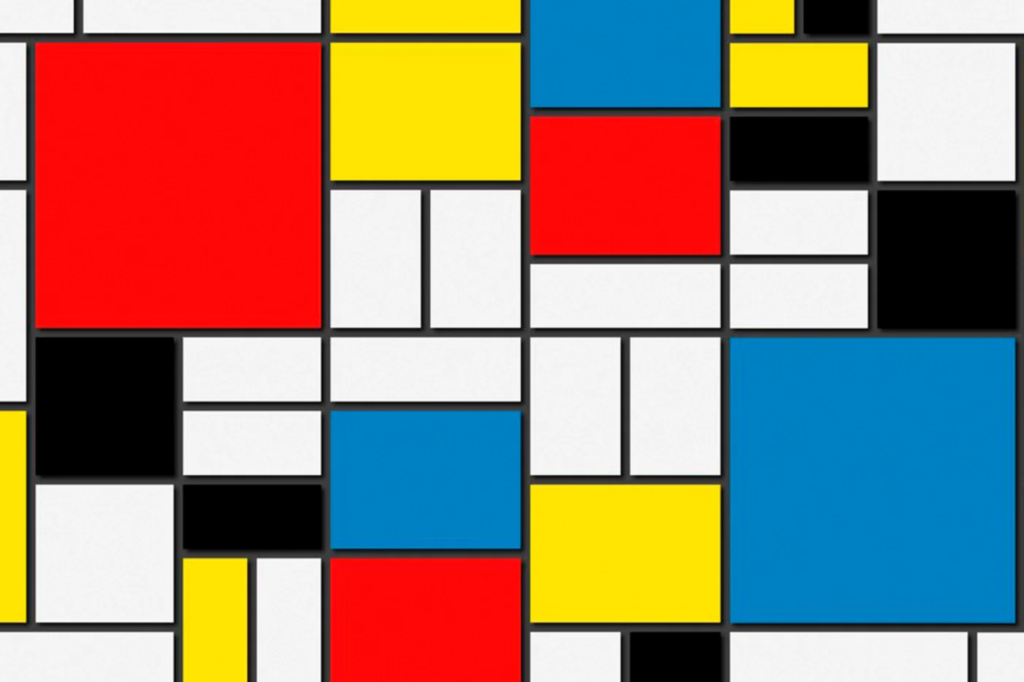
Piet Mondrian (Dutch painter) incorporated an art movement that worked around his abstract works, becoming introduced in the early 20th century. A reductive theory was all created from this, where by taking a larger scale image, brought it to life, focusing closely on the architectural works, sculpture forms, and graphic arts as well. Mondrian was greatly inspired by impressionist techniques, in which he used certain technique’s within his own work. Similar to Van Gogh, Mondrian uses ‘pure, glowing colours and expressive brushwork in which was influenced by pointillism. During the 20th century, Mondrian started to use pointillist and cubist style, also including other abstract mediums, followed by previous techniques he learnt. He said, ‘the more basic the color, the more inward, the more pure.’ (Mondrian reference source) Visualising Mondrian’s work, we notice this more and more. Through his abstract style and bold use of pigmented colour, perhaps suggests ‘basic’ is in fact the most captivating. It is ‘inward’ in the sense you have to look into it, where you notice the true beauty of the dynamic – the compositions of line, shape, and colour.
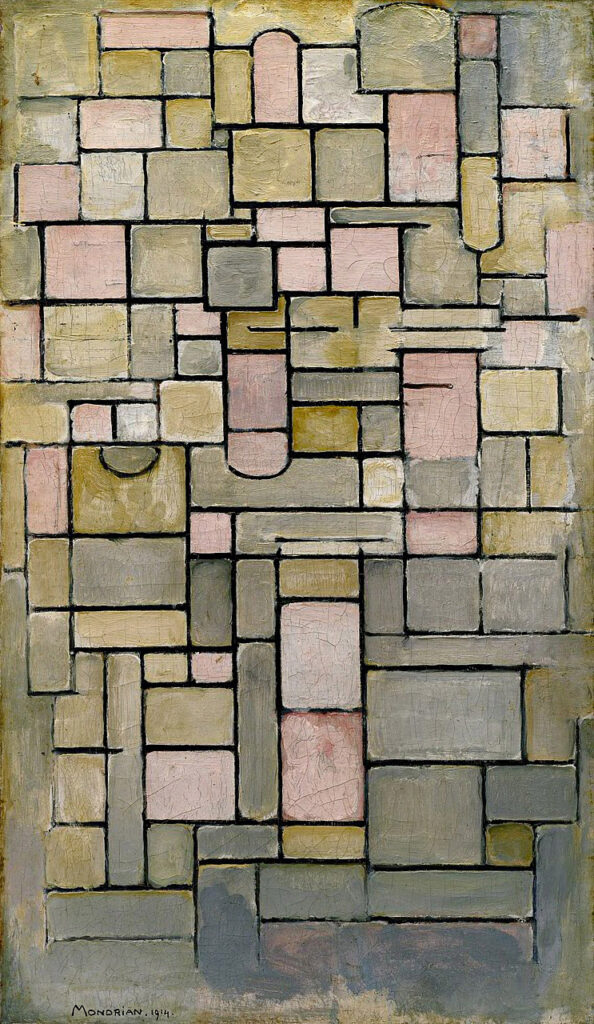
image captions; artists name, title, year

Having seen cubist paintings by George Braques and Pablo Picasso in 1911, Mondrian moved to Paris where he painted Tableau No. 2/Composition No. VII. Mondiran was greatly inspired by cubist paintings. From looking at tree to, scaffolding with interlocking black lines. Having spent years in Paris, he later returned to Holland (home) in 1914, and began to work on an abstract form of art which was later classified as a neoplastic style. The work he produced during this time wa
- Pg 2 (500 words): Analyse first artist/photographer in relation to your essay question. Present and evaluate your own images and responses.
Saul Leiter
“Seeing is a neglected enterprise” Saul Leiter
Immersed within painting and photography since a teenager, Leiter found ways to incorporate both within his work, however his aim was never to create an obvious relation between them as they are still two separate works of art. ‘Photography is about finding things,’ Leiter said. ‘Painting is different. It’s about making something. (Leiter) Having enjoyed both types of art, Leiter couldn’t decide which he preferred, so did both. Leiter enjoyed using a brush, making a mark, then another, describing it to be a bit like ‘Jazz’- you don’t know what your going to do next. In relation to formalism, (expressed through the defining abstract strokes of colour, outlined my more shapes and marks of colour, which instantly lures you in) Leiter expresses this through his own style expressing unique features, creating a similar approach as you don’t know what to expect next. The loose strokes of colour creates a similar, mesmerising relationship- a bit like formalism describing how blocks of colour are fitted together.
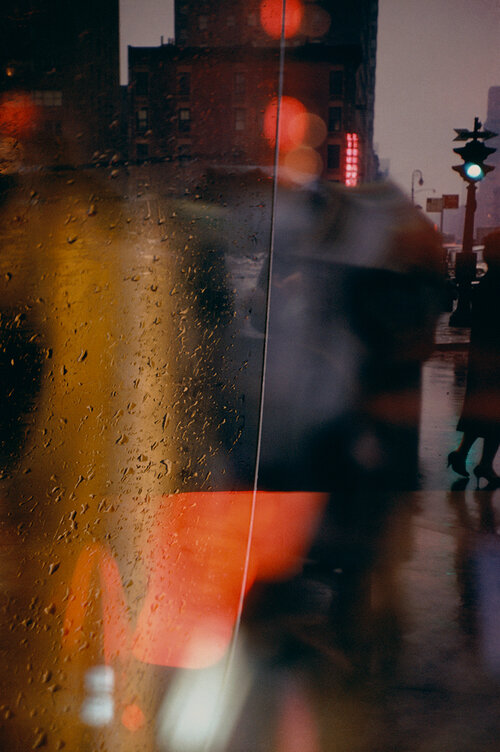
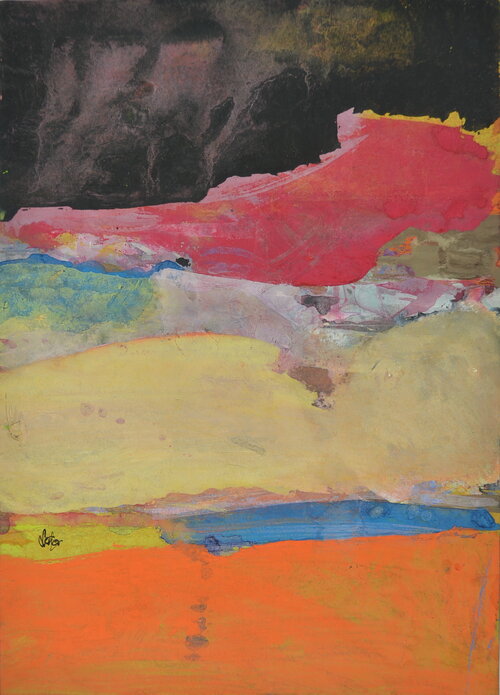
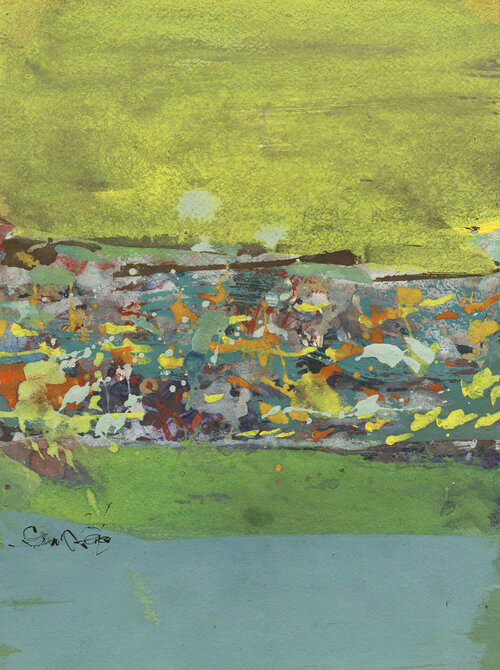
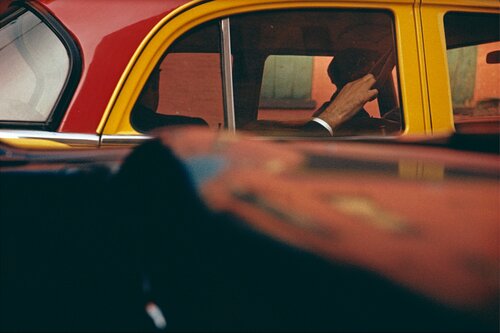
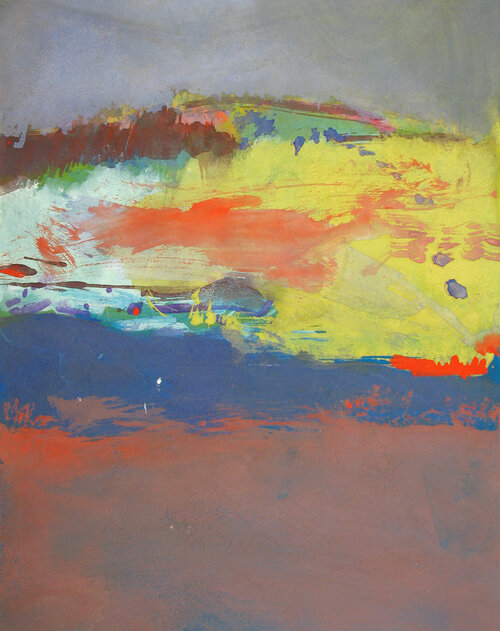
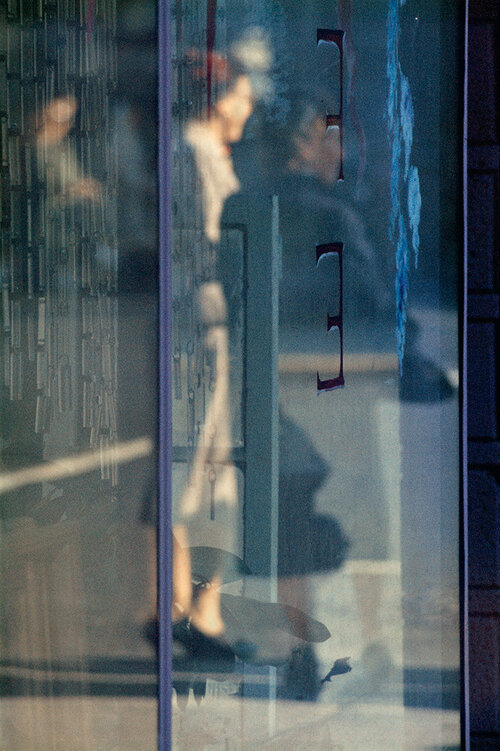
image captions; artists name, title, year
An obvious relation is presented through his paintings and photographs. We can see his style of loose strokes of colour painted compared to how he captures his photos, both achieving very similar, abstract effects. The photographs look like strokes of colour, expressing a painted quality, then the paintings create this abstract up-close complexion of colour, making us ‘look twice’ at what it is we are seeing, as the colours and shapes are ‘merged’ together creating a similar feature seen in the images. From Similar perspectives, Leiter’s very prominent and abstract marks of colour create an interesting feature that strangely lures you in, as you wouldn’t expect strange (unsymmetrical) highly pigmented strokes of colour to be that engaging. Instead it is the hidden details and minor features, that entices you in – automatically making you see things differently. This effect continues throughout his photographs, as we’re presented with a confrontational perspective, where unique angles are expressed. It is clear Leiter’s work has a close connection to formalism. The colour creates this contrasting feature alongside the riveting lines, shapes, and patterns which are revealed, therefore creating this captivating aesthetic.
Leiter returned to New York in 1940, where he began experimenting with colour photography using slide film such as Kodachrome. Quickly becoming one of the most popular materials used for film; being lightweight, affordable, quick exposures allowed for producing brilliant, intense coloured images. ‘Leiter’s use of colour was subtle, yet impactful,’(Pioneering colour photography- line 4) https://proedu.com/blogs/photographer-spotlight/saul-leiter-master-of-color-in-street-photography-a-pioneers-urban-palette?srsltid=AfmBOopX8LW-V_29lHSs0z5jH_pYfF2itOAX582cDeEaF1q5LsumReP8
Described through the use of muted tones and soft palettes of colour, create this minute, tranquil effect with an unobvious effect made to be very obvious. ‘Atmospheric images that evoked emotion and mood.’ Correlating to the simple use of colour and the subtle impression we get, this in fact creates an opposing effect creating enhanced character and heightened emotions. ……..
By 2006 was the release of his monograph, Early Color, which ‘revealed radically innovative compositions and a ground-breaking mastery (colour theory) that permanently changed the history of colour.’ However this didn’t apply to all of his work, as he refused to give meanings or background within his fine-art-photography. “I don’t have a philosophy,” Leiter said. “I have a camera” https://www.saulleiterfoundation.org/
Leiter said “The world is full of endless things, and there are many beautiful things around us, they (us as people) lack the imagination to see what is around us, is actually sometimes very beautiful.” (Leiter reference source)
Some of his work was written in his own neighbourhood “the street is like a balllet, you never know what is going to happen,” (Leiter reference source)
Le
https://www.saulleiterfoundation.org
- Pg 3 (500 words): Analyse second artist/photographer in relation to your essay question. Present and evaluate your own images and responses.
Siegfried Hansen is a contemporary street photographer focusing on visual links to formalism; colour, geometry, abstraction and cityscape. Hansen looks through these visual compositions focusing on the graphics and colours found within the street. Hansen doesn’t focus on capturing people, instead he looks at the formations and relations found elsewhere, “It shows the Aesthetics of coincidence in a public area, which is full of surprises.” https://siegfried-hansen.de/en/about-english-2/ (line 2) The way coincidental features take form within the images, is what makes them so intriguing creating an in-depth narrative. The diversity between the lines, structures, and signs combine with the architectural features, complementing one another whilst adapting to his abstract and graphical way of seeing. Hansen has this unique way of revealing surfaces, shapes and colour – that go unnoticed often described as ‘poetic.’ https://leica-camera.blog/2021/03/29/the-flow-of-the-lines/ line6. Our attention is brought to unique perspectives and angles which would otherwise go unseen. Relating to this poetic theme it gives a sense of rhythm as new things are constantly being revealed to us as it is Hansen’s perspective of the world around him, perhaps communicating a different world. ‘Colour can make the motif appear even stronger,’ (Hansen reference source) Having mainly worked in black and white the motif (design) was the most important and what Hansen focused on. However Hansen figured by adding colour, the motif could easily be made even stronger. This meant coloured images could easily be turned into black and white because the motif was so strong.
When Looking a Siegfried Hansen work, I notice the simplicity straight away that lies within the dynamic formations of colour and shapes. I produced a series of images which i felt would challenge the viewers, as your being confronted by a unqiue perspective.
https://leica-camera.blog/2021/03/29/the-flow-of-the-lines
https://siegfried-hansen.de/en/about-english-2
- Conclusion (250-500 words): Draw parallels, explore differences/ similarities between artists/photographers and that of your own work that you have produced
show how ive responded 1 / 2 examples
- Bibliography: List all relevant sources used#
Sontag, S. (1977) ‘In Plato’s cave’ in On Photography. London: Penguin Books.
https://www.historyofinformation.com/detail.php?id=3666
https://www.clerkmaxwellfoundation.org/html/first_colour_photographic_image.html
Mondrian, P. https://www.piet-mondrian.org
Leiter, S. (painting section) https://www.saulleiterfoundation.org/#:~:text=He%20maintained%20a%20lifelong%20habit,such%20as%20Bonnard%20and%20Vuillard.
https://www.saulleiterfoundation.org/color
Essay writing: Here is a link to another blog post which will provide you with guideline about how to structure each paragraph in your essay.


